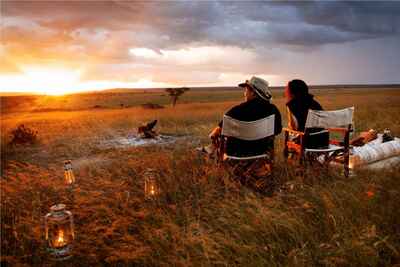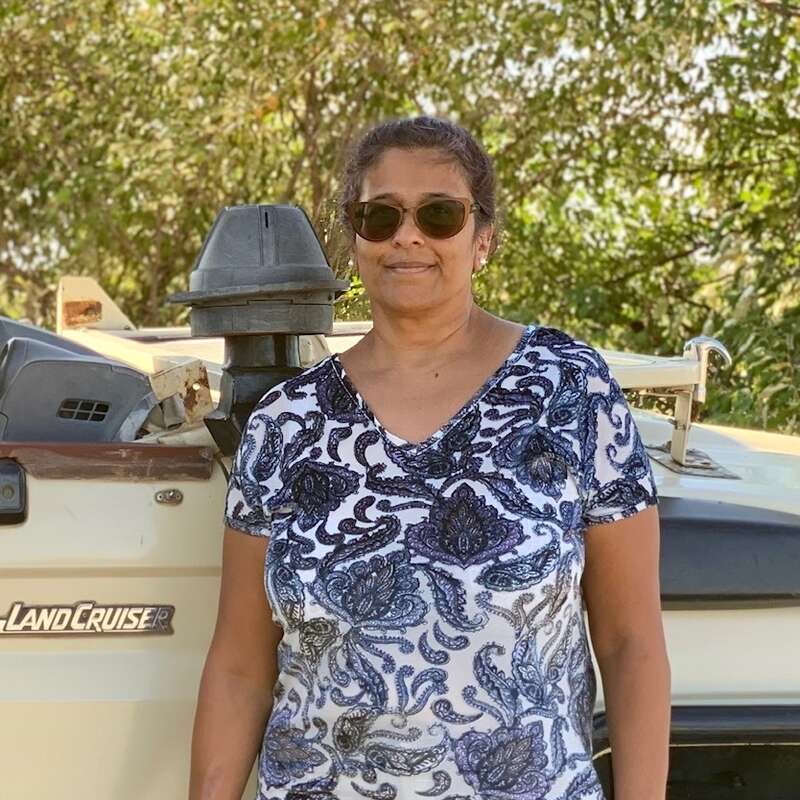About Karen Blixen Camp
Named after the Danish author of Out of Africa, this beautifully sited, Danish-owned, tented camp is located ...
... on the east bank of a broad loop of the meandering Mara River. The camp is a member of the Mara North Conservancy, where the guides usually conducts their game drives, and it's also within striking distance of the Maasai Mara National Reserve, whose Oloololo Gate is about 15km to the south.
Karen Blixen Camp is a well-run camp that's perennially popular with visitors who are not looking for a hosted safari experience. Comfortable and professionally managed, with good guides, its location and aspects of its environmental practice make it stand out.
Accommodation
22 tents
Children
Good for all ages.
Open
All year
Activities

4WD Safari

Birdwatching

Cultural excursion

Fly-camping

Guided walking safari

Hot air ballooning

Night drive

Private activities
Traveller reviews of Karen Blixen Camp
5 real, un-edited reviews from Expert Africa's travellers.
Arrived 11 Aug 2024, 3 nights
"Karen Blixen Camp review"
Overall rating: Excellent
Arrived 20 Feb 2020, 2 nights
"Such lovely people!"
Overall rating: Excellent
Arrived 12 Nov 2019, 4 nights
"This was a disappointment"
Overall rating: Average
Arrived 21 Aug 2016, 4 nights
"Wonderful Experience In Every Way!"
Overall rating: Excellent
Arrived 31 Jul 2015, 3 nights
"Great safari at karen Blixen"
Overall rating: Excellent
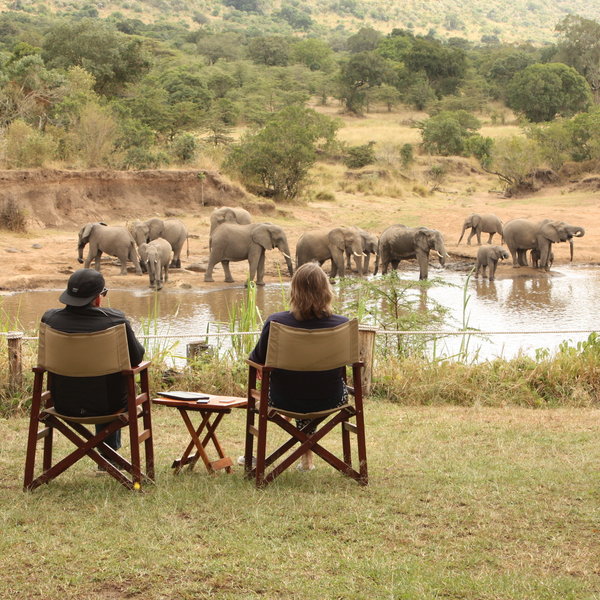
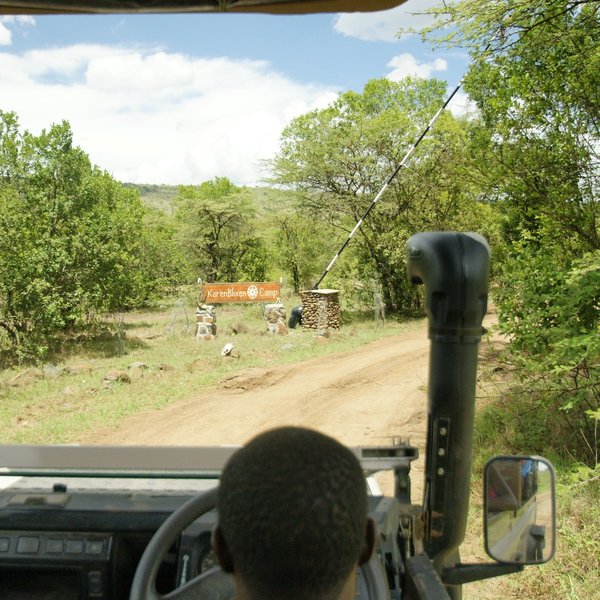
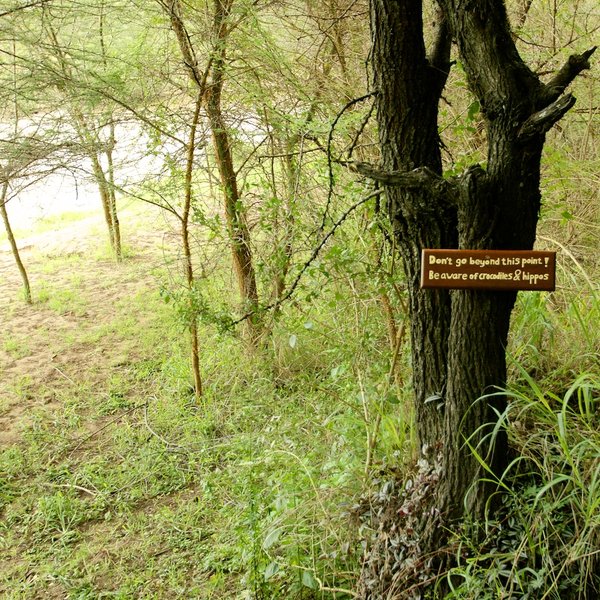
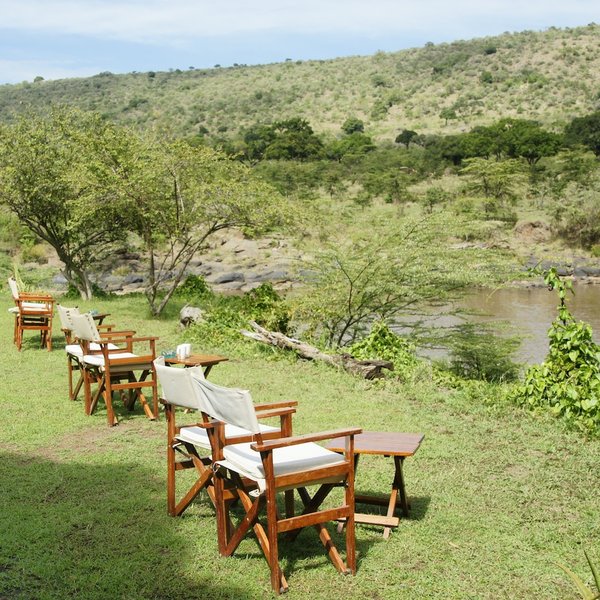
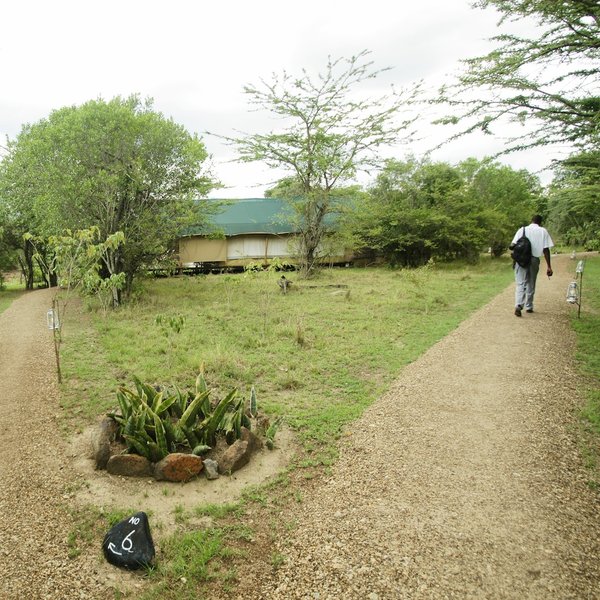
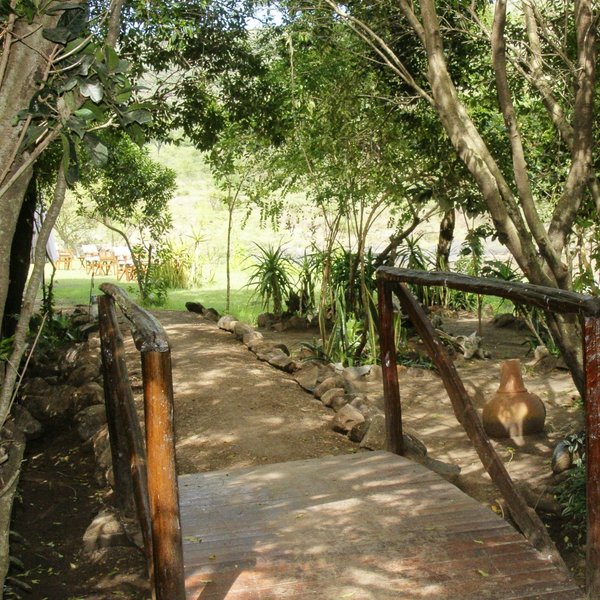
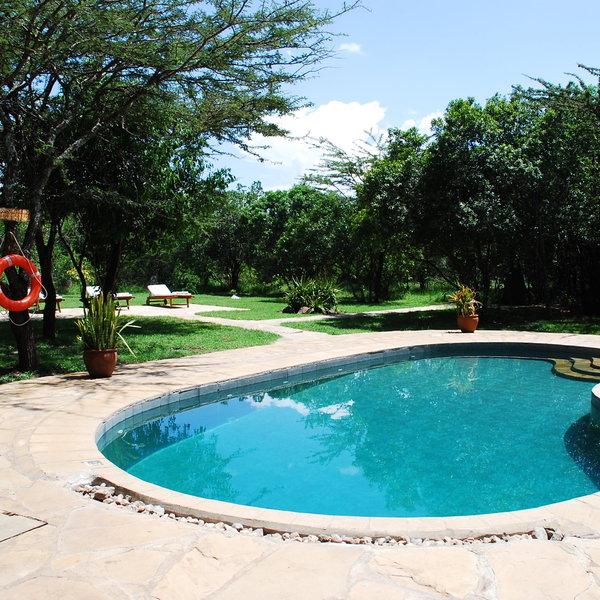
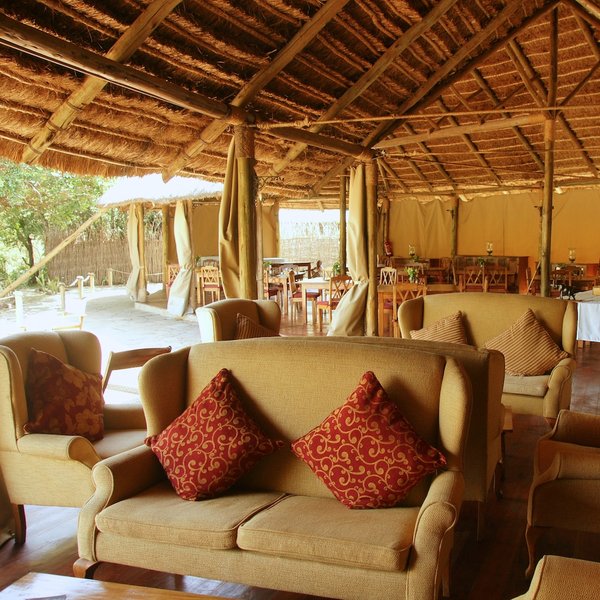
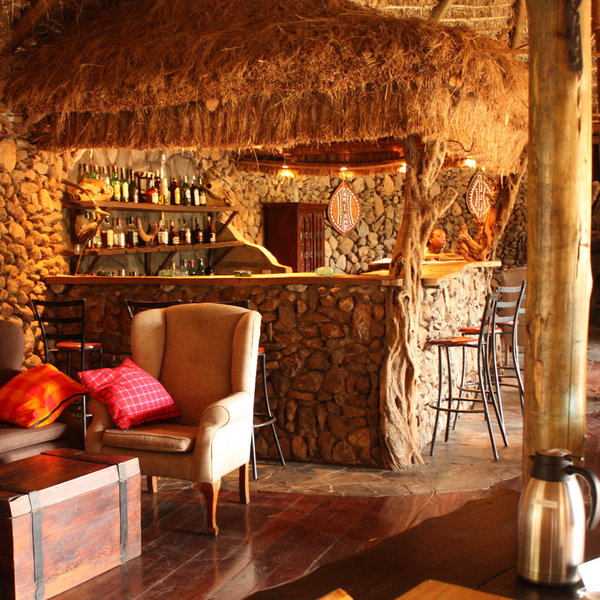
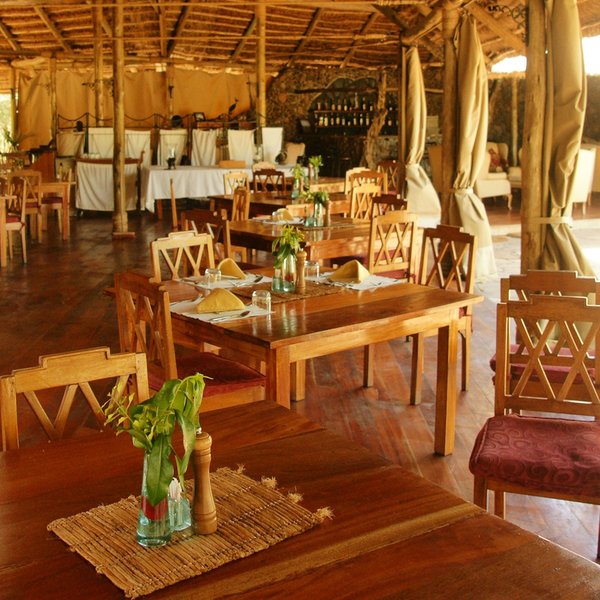
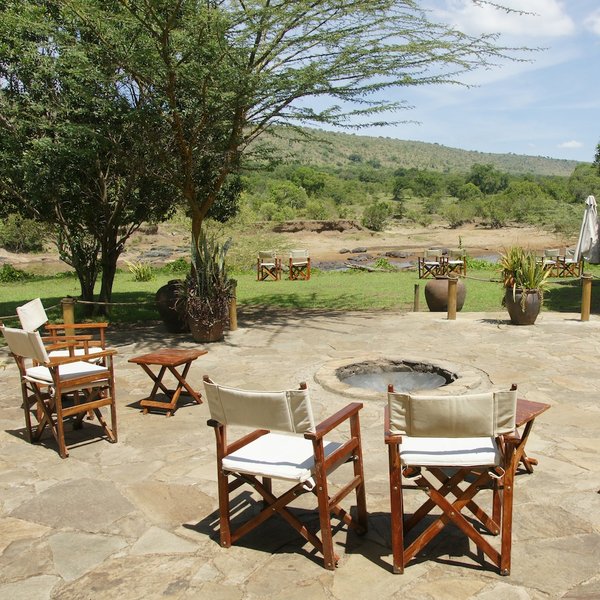
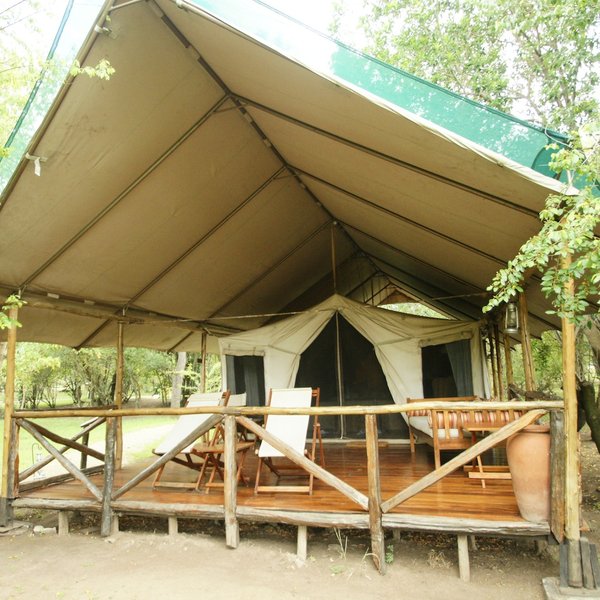
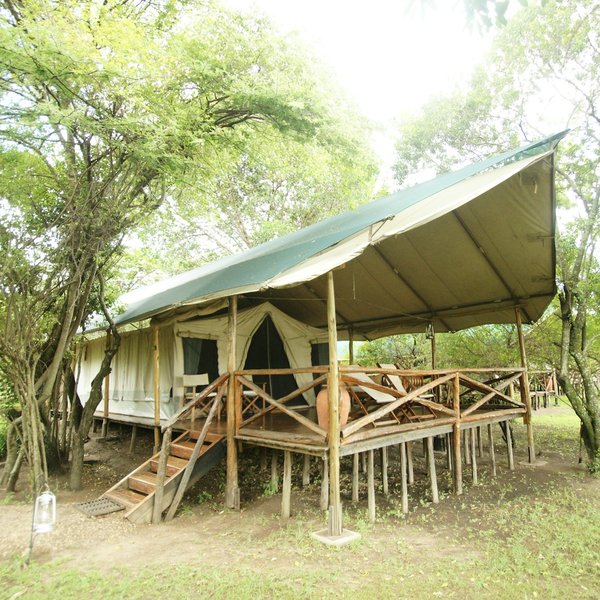
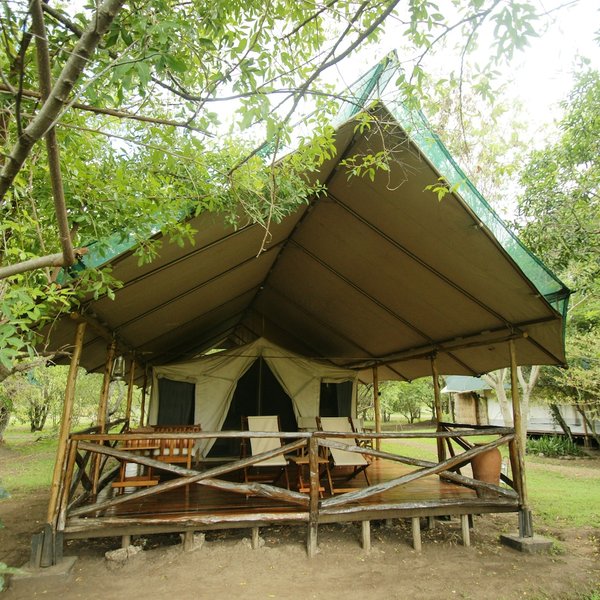
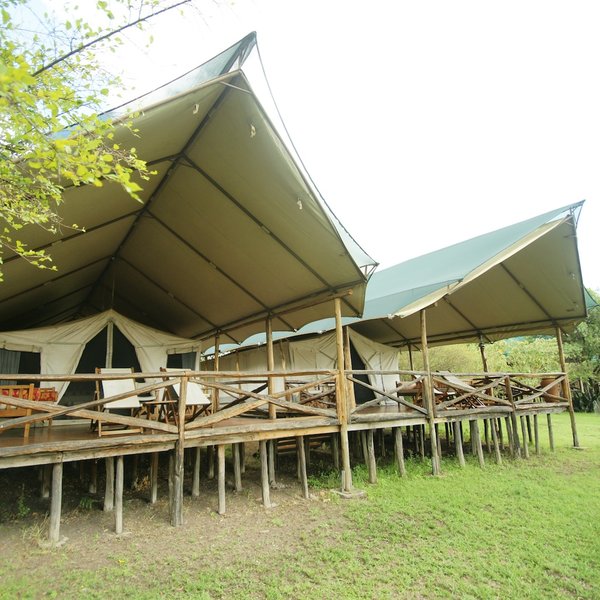
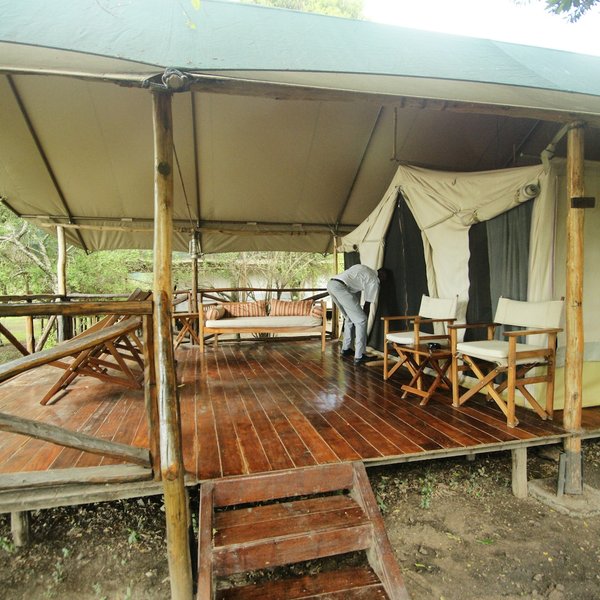
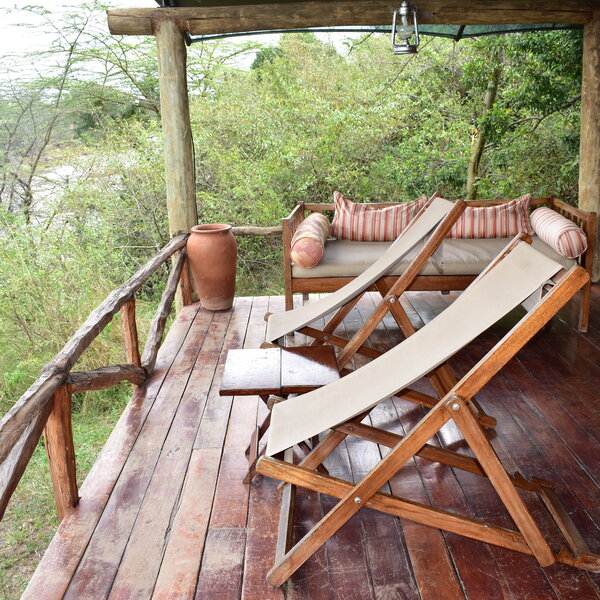
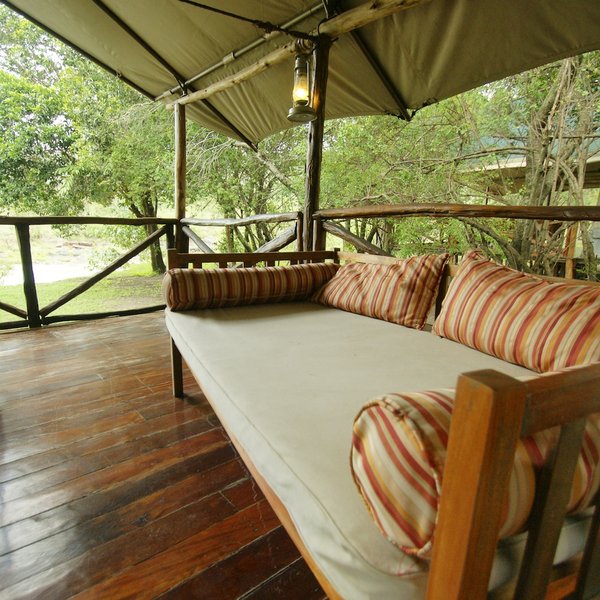
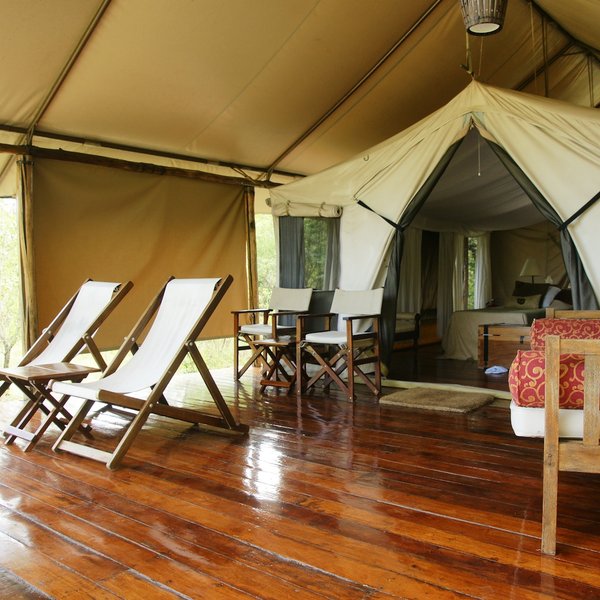
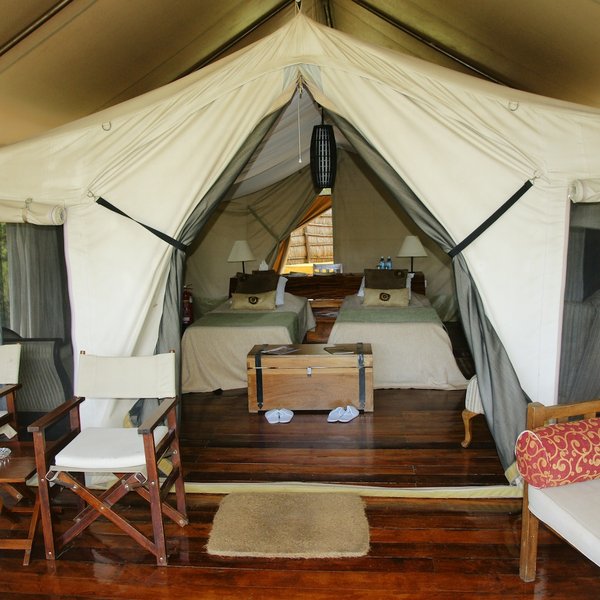
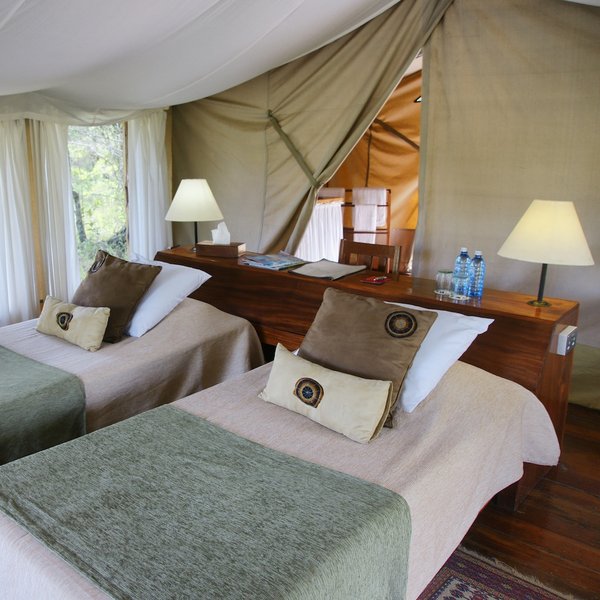
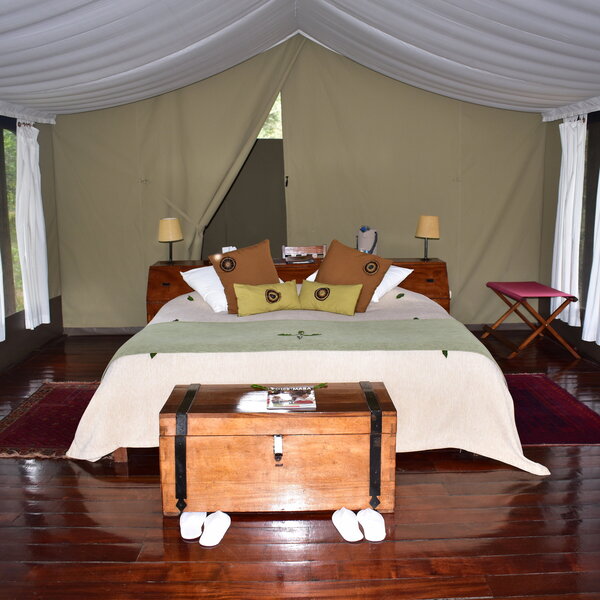
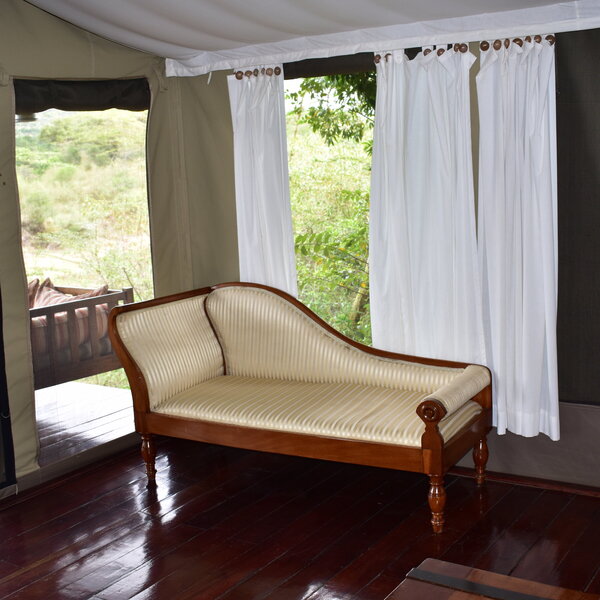
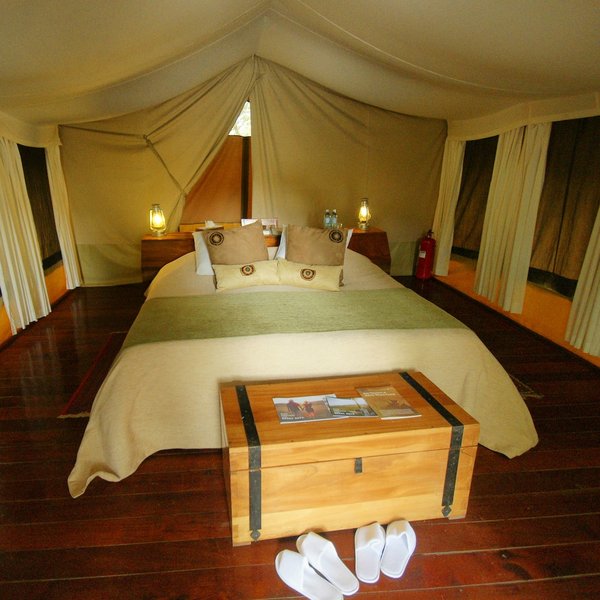
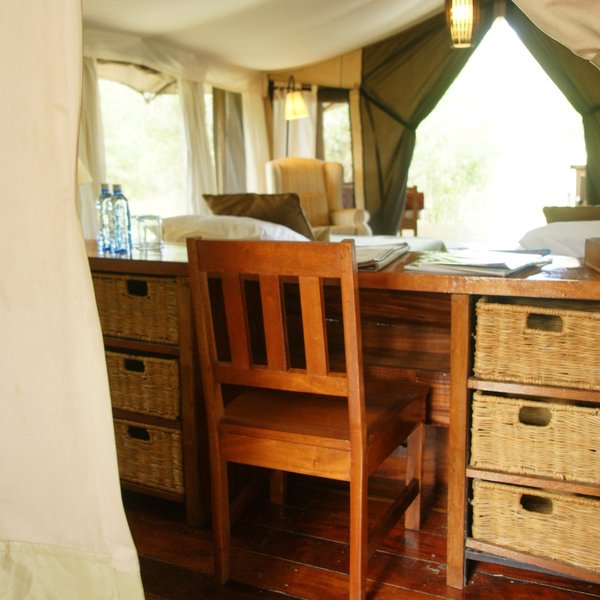
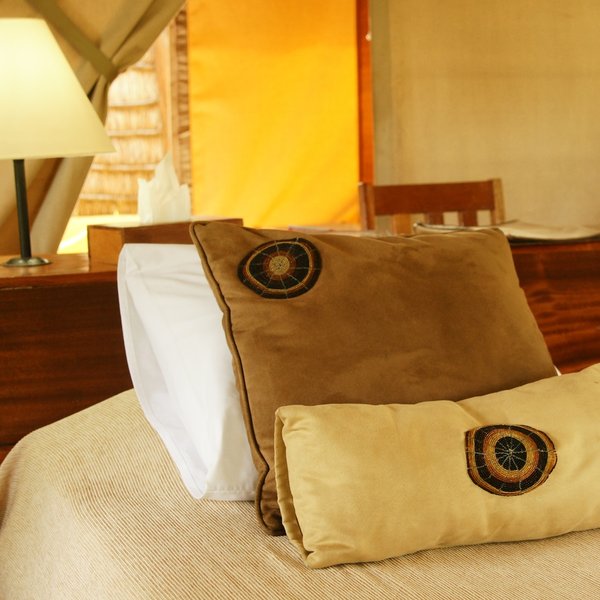
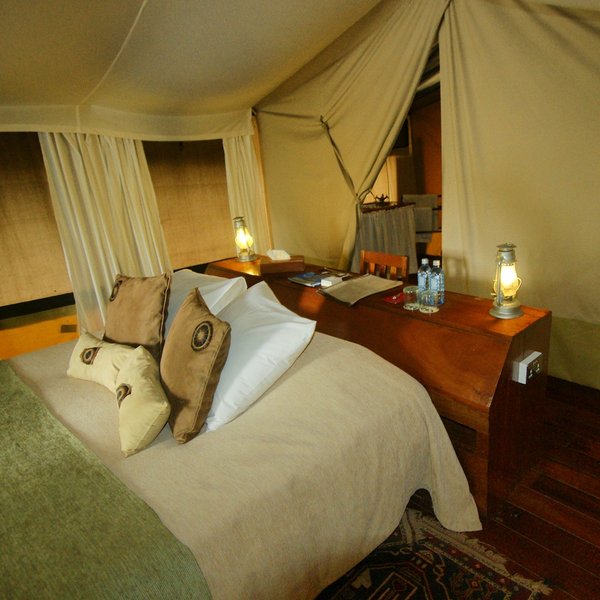
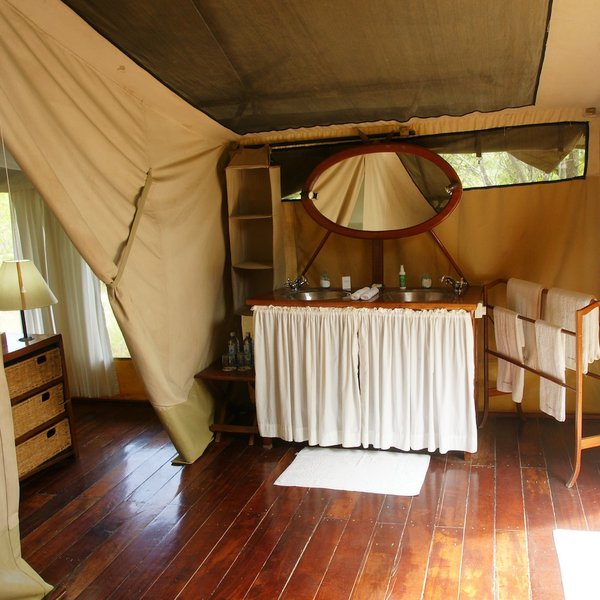
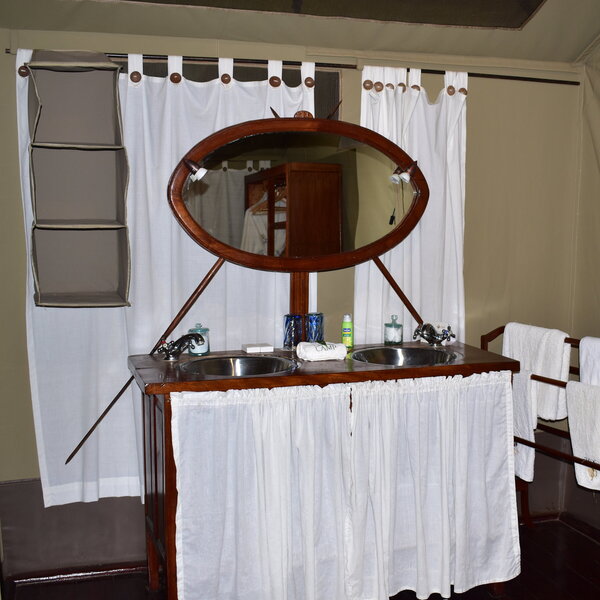
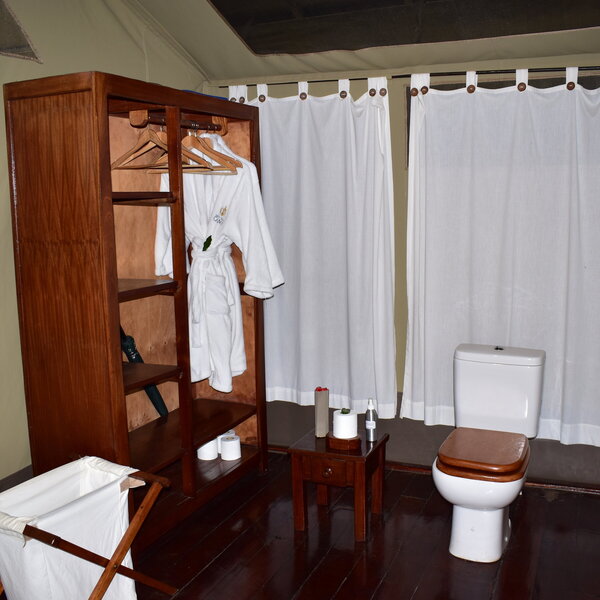
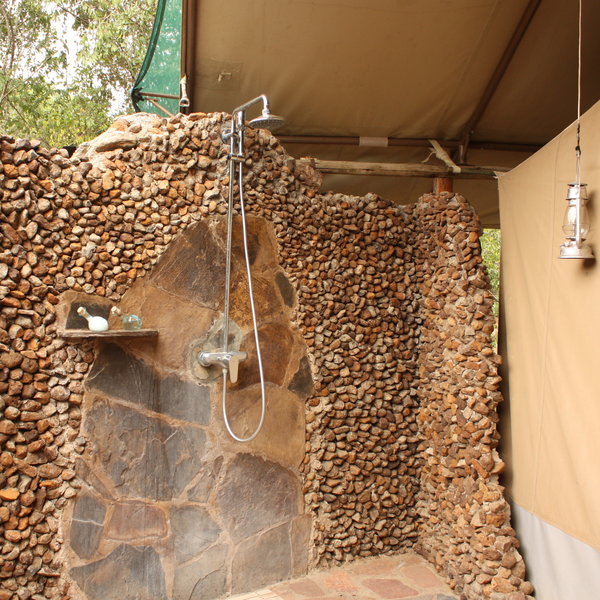
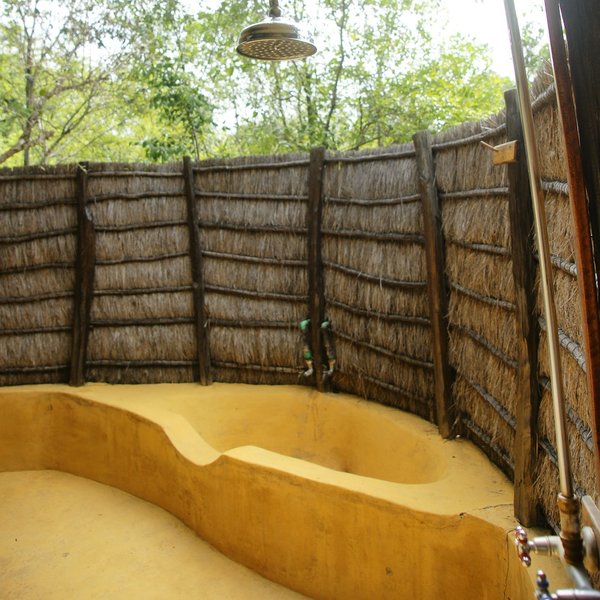
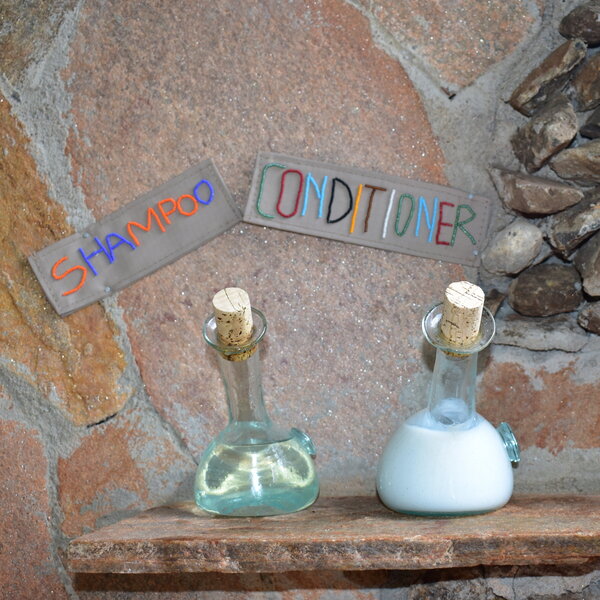
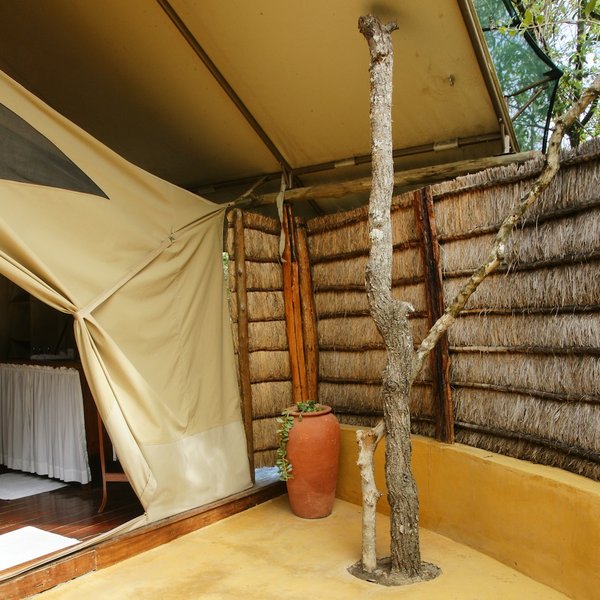
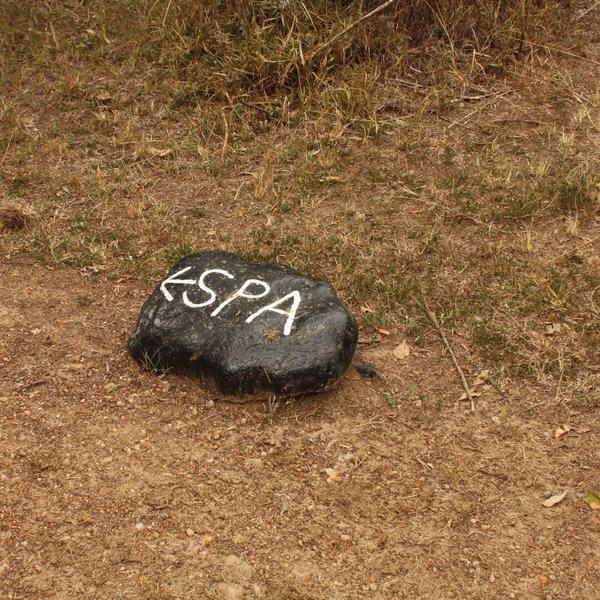
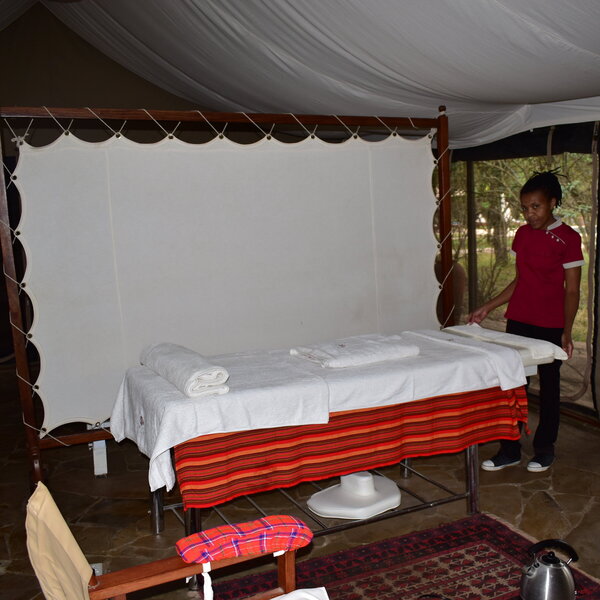
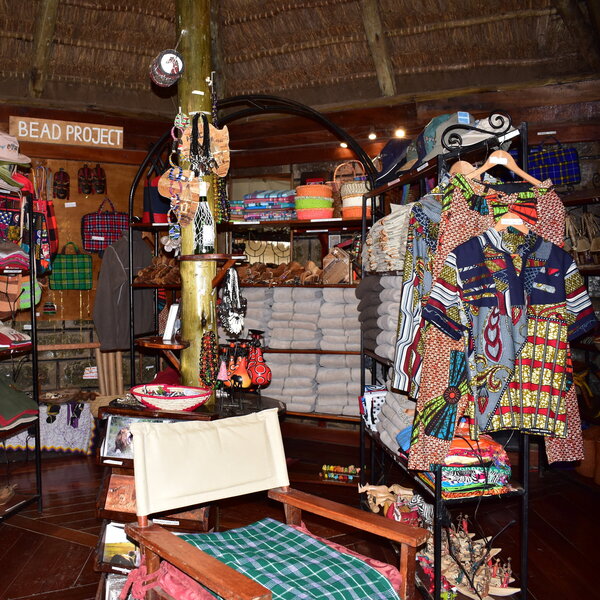
Expert Africa's gallery
When we travel we take lots of photos ourselves to give you a real and un-edited view of the safaris. See our 37 pictures of Karen Blixen Camp to get the candid view.
View galleryKaren Blixen Camp: Our full report
Named after the Danish author of Out of Africa, this beautifully sited, Danish-owned, tented camp is located ...
... on the east bank of a broad loop of the meandering Mara River. The camp is a member of the Mara North Conservancy, where the guides usually conducts their game drives, and it's also within striking distance of the Maasai Mara National Reserve, whose Oloololo Gate is about 15km to the south.
Approaching the camp from Mara North airstrip, you turn off the main track towards the river and begin a long, gentle descent across a rock-strewn plain, eventually doing a zigzag into thicker bush and arriving at the camp's boom gate. The shady parking area is close to the reception, dining area and bar, all of which are sheltered under a large, pitched roof of Kilgoris grass tiles. Beyond the roofed area there's a terrace of crazy paving with a central fire pit for evening campfire time, surrounded by wood and canvas safari chairs. Beyond the terrace, lawns extend to the steeper part of the riverbank, where a tangle of vegetation helps to deter crocs and hippos from visiting the camp.
The river-front lawn is a popular spot for guests to relax. The local hippo pod can always be seen on the sandy shore directly opposite the camp, and after rains a tributary stream of the Mara enters the main river at this point, creating a much larger hippo pool. As well as the wallowing hippos, the area is a favourite watering spot for elephants, buffalo, eland and zebra. During our recent visit in 2019 we saw a elephants in the river in front of the camp.
While the dining arrangements at Karen Blixen Camp are quite hotel-like, with individual tables, the central dining area, lounge and bar (the “mess area") has a relaxed, convivial feel that makes it quite easy for guests to mingle.
Beside the mess area is a very well stocked curio shop as well as a WiFi tent.
There is a freeform swimming pool and a small spa, behind tents 9 and 10, which is a bonus for a camp of this size. There is a wide range of spa treatments on offer, in 2019 these started from $25 US dollars.
Karen Blixen Camp has 22 large, platform-mounted tents, ranged along the riverbank, each with a plumbed-in, partly open-air bathroom at the rear, and a veranda with deckchairs at the front. Tents #6 to #1 extend to the north of the mess area and are spread out, and tents #7 to #22 are ranged along the riverbank to the south and are much closer together. All the tents are close to the riverbank, but #6 (the closest to the central area in north wing) and #22 (the furthest away to the south) have the best views and are the most private. Tents #7-18 are a little more closely spaced than the others. Tents #15 and #16 share a single platform, making them ideal for a family. Note that if you're in one of the more distant tents, it is a 300-400m walk to the central area, so you'll need to allow a few minutes to reach the mess area.
The style of the tents is traditional, with a heavy canvas construction, and roll-up window flaps allowing good ventilation through the mosquito screens. The tent floor is of solid, reddish wood and the furnishings aim to emulate a 1920's “Out-of-Africa" style, with an armchair, chaise longue and electric bedside lights disguised as hurricane lamps. A whistle is provided to alert camp guards (askaris) after dark that you're ready to go to the mess area. Comfortable beds, either set up as twins or a double, are backed by shelving and a writing desk, and the large bathroom and outdoor shower area are directly behind.
The spacious bathrooms, divided from the bedroom area by a tent flap, feature a wooden washstand with double steel washbasins, wooden storage shelves and towel rails, and a conventional flush toilet. Through a flap at the back of the tent, beyond the main bathroom area, is the outdoor shower and bathtub, fully screened for privacy, but completely open to the sky. Toiletries are provided in refillable glass flasks. Showers are plumbed although hot water is only available between 06:00 – 10:00 and 18:00 – 22:00.
When we visited in 2019 the camp was in the process of upgrading all tents, they have been making steady progress and in 2019 they had already upgraded 16 of the tents, with six left to go. They hope to have these complete by mid 2020. The new tents are similar in style to the old, and these feel fresh and light with new fabrics and soft furnishings.
The main activities at Karen Blixen Camp revolve around game drives in the Mara North Conservancy in the camps' ten Land Cruisers. These are completely open at the rear, with roll-up sides, and they're fitted with six comfortable, leather-and-canvas-upholstered seats in three rows of two. They all have power points for charging batteries – but check yours is working before relying on it.
We enjoyed very productive wildlife-viewing during our stay at Karen Blixen Camp in October 2016, with multiple sightings of lion prides, as well as cheetahs and a night drive (returning to camp about 8pm) that yielded a beautiful serval cat and, remarkably, an aardvark busy excavating a burrow. Night drives are also on offer as well as a bush breakfast or dinner.
As well as the Mara North Conservancy, Karen Blixen Camp can do game drives in the Maasai Mara National Reserve, usually going out for a full-day game drive with packed meals. The camp also has access to its own private Oloisuk Concession – an area of 9km² where they conduct nature walks focusing on tracking, plant life and birds.
Walking safaris are offered by the camp and take place in the Mara North Conservancy. These are led by a guide and accompanied by an armed security guard.
Other activities include visits to a local Maasai compound and back-of-house tours of the camp, giving an interesting insight into its sustainable practices. These can include a visit to the remarkable catering school set up by the camp, where local students learn cookery and nutrition from an energetic young Danish chef. The camp also supports a womens project, training local ladies with the skills to create jewelry and crafts which are then sold in the curio shop.
Activities
4WD Safari
Birdwatching
Cultural excursion
Fly-camping
Guided walking safari
Hot air ballooning
Night drive
Private activities
Families & children
- Attitude towards children
- Children are welcome
- Property’s age restrictions
- None
- Special activities & services
- Child minding is available by a member of staff but parents must be aware that they are not formally trained.
Bow and arrow games can be organised. - Equipment
- Highchairs and baby cots are available if requested in advance.
- Generally recommended for children
- We think this is a good choice for a family safari in the Maasai Mara and the swimming pool (unsupervised) offers a good place to let off steam. All the tents have space for up to two extra single beds to be added for children up to the age of 12.
Food & drink
- Usual board basis
- Full Board & Activities
- Food quality
- The camp's food has an excellent reputation, but during our stay in 2016 was not up to the standards we had been expecting. Early morning tea or coffee are served in the mess area and a standard buffet breakfast of cereals and fruit (with cooked breakfast to order) from 8am onwards. Our lunch (from 12.30–2pm) included a rather salty pea soup followed by a Kenyan-style “beef fry" of curried beef with rice, chick peas and chapattis. Dinner (from 7pm onwards) started with beetroot soup, and was followed by a choice of Nile perch swamped in tartar sauce or somewhat fatty lamb chops. Vegetarian options are always available on request, but you need to specify your requirements when booking.
- Dining style
- Individual Tables
- Dining locations
- Indoor and Outdoor Dining
- Further dining info, including room service
- Room service is available on request.
- Drinks included
- Soft drinks, house wine and beer are included. Spirits and premium wines are charged at extra cost.
Our travellers’ wildlife sightings from Karen Blixen Camp
Since mid-2018, many of our travellers who stayed at Karen Blixen Camp have kindly recorded their wildlife sightings and shared them with us. The results are below. Click an animal to see more, and here to see more on our methodology.

100% success

100% success

100% success

100% success

100% success

100% success

100% success

100% success

100% success

67% success

33% success

33% success

33% success

33% success

0% success

0% success
Getting there
- Location
- Maasai Mara Conservancies, Kenya
- Ideal length of stay
- 3 nights-plus
- Directions
- 45 minutes transfer from Mara North airstrip.
- Accessible by
- Fly-and-Transfer
Sustainability
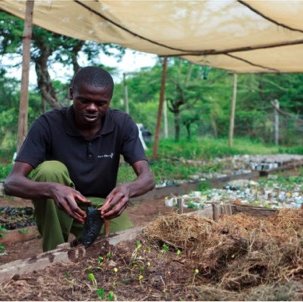
Growing Kenya’s future one seed at a time
Located on the banks of the Mara River, Karen Blixen Camp is central to all the main attractions the Mara has to offer, including Leopard Gorge, a big cat birthing ground and nursery site. Conscious about the fragile environment in which it operates, the camp does not remain indifferent to the issues faced by Kenyan people. Currently over 50% of youths in local communities in Kenya find themselves in unemployment and in subsequent poverty. Concerningly, education is out of reach for many of the local Mararienda villagers. Karen Blixen Camp aims to use tourism to make a positive change – help reduce poverty and increase education in its local community.
The camp is home to the Karen Blixen Hospitality School founded in 2012 and opened to the local community. The school offers a range of jobs for the locals, as well as courses from cooking to languages and forestry, which guests are welcome to join. In association with the Woodlands 2000 Trust, the forestry school teaches youths how to grow sustainable woodlots, leading to a nursery of 7,000 seedlings. This is all in order to help combat charcoaling, the traditional source of energy for safaris, and one of the biggest environmental threats to Kenya.
Additionally, guests can get involved in planting seedlings together with teachers and pupils, and give back to the Kenyan ecosystem and community one seed at a time.
See more great sustainability projects in Kenya
Communications
- Power supply notes
- The camp is largely powered by solar energy with generator backup and the tents have 24-hour power. Hair driers can be used on request. Battery-charging in rooms.
- Communications
- There is WiFi in a seperate room to the main area. Airtel and Orange phone networks are generally available in camp, though the most popular network, Safaricom, is only available up the hill away from the river.
- TV & radio
- No.
- Water supply
- Borehole
- Water supply notes
- The camp uses its own borehole, with a back-up supply from the river. From the camp's water tank, the water goes to a filtration system before being distributed. Filtered water is available in the tents. All rooms have the same plumbing, with hot showers available between 06:00 – 10:00 and between 18:00 – 22:00. The camp also using a limited number of gas water heaters.
Health & safety
- Malarial protection recommended
- Yes
- Medical care
- All the staff have done first aid training has been done with St John Ambulance and the local clinic at Mara Rianta village can be reached in less than fifteen minutes. There’s a helicopter landing pad nearby, just up the hill.
- Dangerous animals
- High Risk
- Security measures
- The camp’s main gate is patrolled around the clock and there are askaris on site day and night. After dark, all guests are escorted to and from their tents.
- Fire safety
- Every tent has a fire extinguisher and all staff have had fire-training.
Useful info
- Disabled access
- On Request
- Laundry facilities
- laundry is usually hand-washed (though they also have a machine) and line-dried. This is at an extra cost of between $3 - $6 per item. For cultural reasons, ladies' underwear can't be laundered.
- Money
- Guests put their valuables in lock-up bags which are then brought to the office. The lock boxes in guest tents is not for valuables.
Foreign exchange is available subject to the camp having enough cash on hand. - Accepted payment on location
- MasterCard and Visa are accepted, with a 4% surcharge. American express is not accepted. All the main currencies (Kenya shillings, US dollars, Euros and Pounds sterling) are accepted for cash payments.
Plan and book your trip with Expert Africa
All of our trips are tailor-made, so we'll always adapt them to suit you. Talk to an Expert and let us plan and arrange your perfect trip.

Talk to an Expert
Call or email us now! We’ll match you with the Specialist in our team who is best suited to help you. Then together we can start planning your trip.

Set up your itinerary
Based on our experience and your ideas, your specialist will create a detailed, costed itinerary. We’ll refine it together, until we have a trip that you’re perfectly happy with.

Prepare for your trip
The same Specialist will make the seamless arrangements for your trip, send you detailed travel documents, and be available to answer any questions before you depart.

Travel with peace of mind
After you set off, you’ll be cared for by our partners in Africa, most of whom have worked with Expert Africa for decades. And if you ever need us urgently, we’re available 24/7.

When you return
We love to learn about your trip, and so will always be grateful if you’ve the time to give feedback to your Specialist when you return.
Karen Blixen Camp's location
Look closer at the environment and surroundings of Karen Blixen Camp.
Excursions from Karen Blixen Camp
Optional extra day-trips and excursions possible whilst you're staying at Karen Blixen Camp. Talk to us: these are usually best arranged before you go.
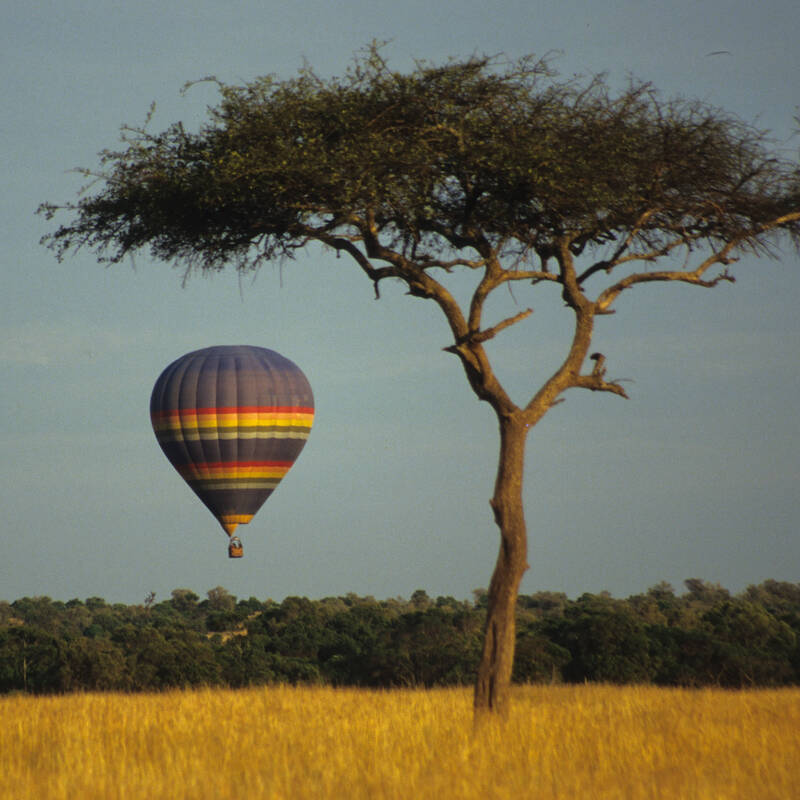
Balloon flight over the Mara
3 hours in total - morning only
With the sun rising over the Loita Hills, you scramble into the balloon basket for the start of a once-in-a-lifetime experience. You’re about to go drifting with the breeze above the trees and plains of one of the world’s greatest wildlife regions.
More about Balloon Safari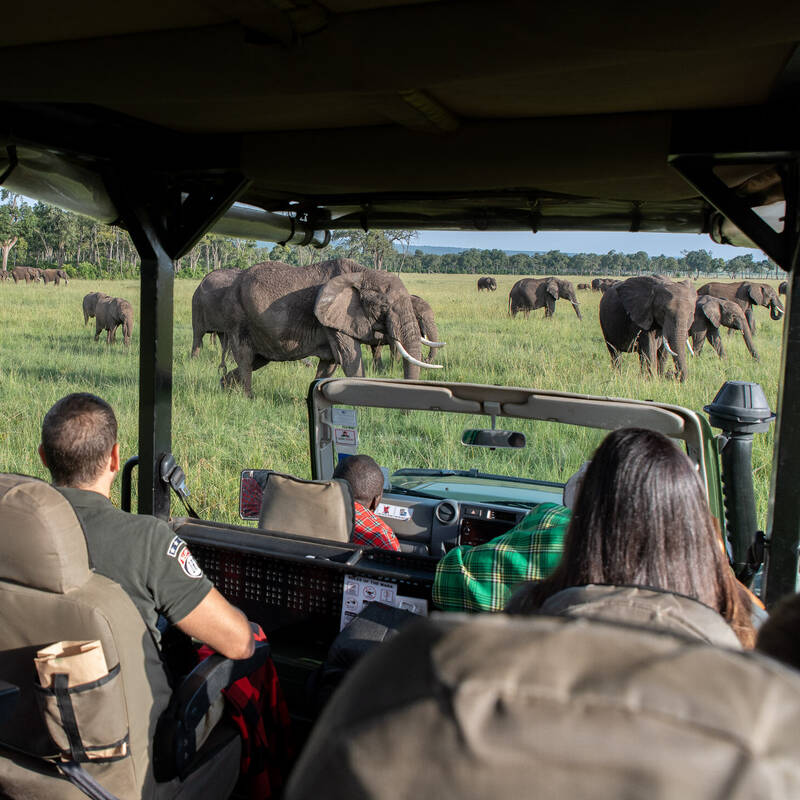
Safari in Maasai Mara National Reserve
All day from sunrise to sunset
If you're not staying in the Maasai Mara National Reserve itself, you're likely to be staying in one of the outstandingly wildlife-rich Maasai-owned private conservancies just outside the reserve boundary. A full-day game drive in the reserve gives you the chance to visit the Mara River and see some of the reserve's fabled wildlife locations.
More about Maasai Mara SafariOther lodges in Maasai Mara Conservancies
Alternative places to stay in this same area.
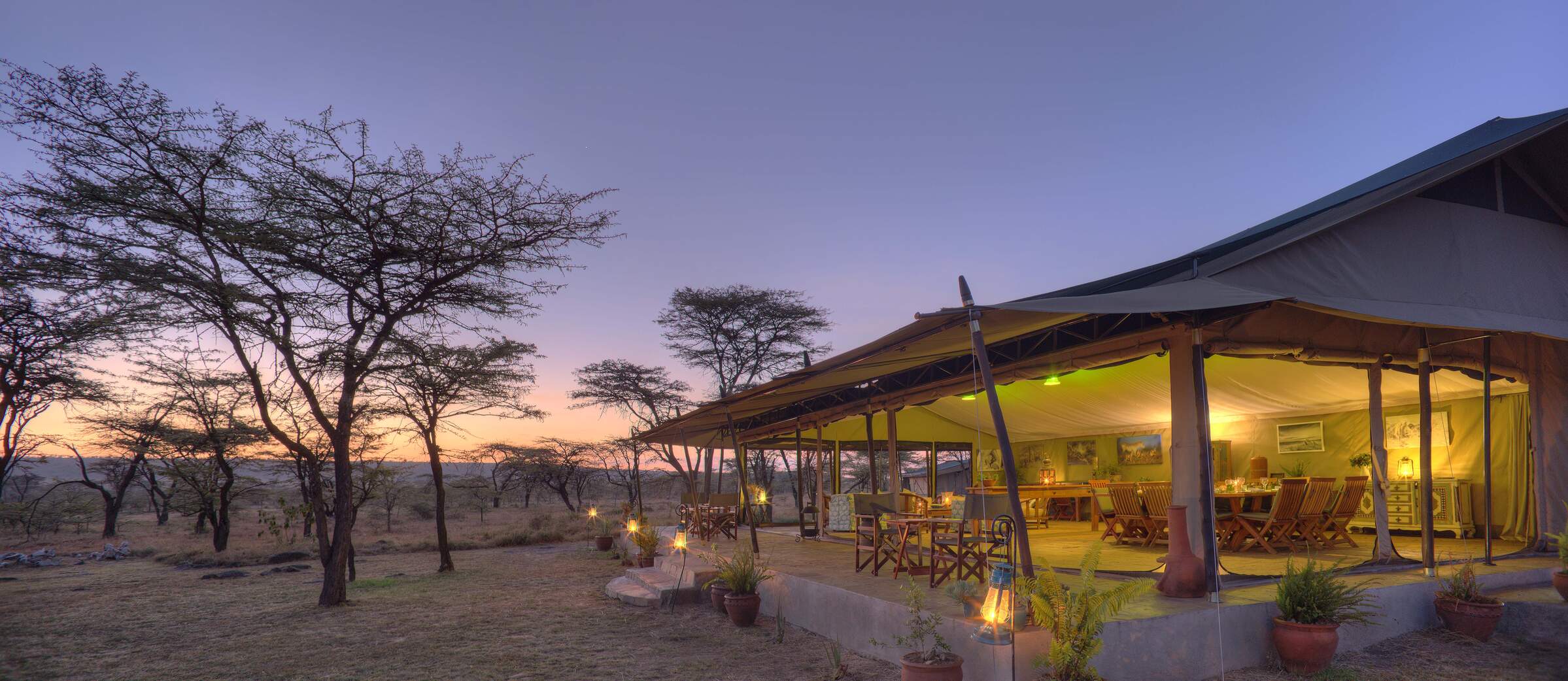
Kicheche Bush Camp
Kicheche Bush Camp is a smart and intimate tented camp with a relaxed atmosphere and the perfect base in the Mara for keen photographers.
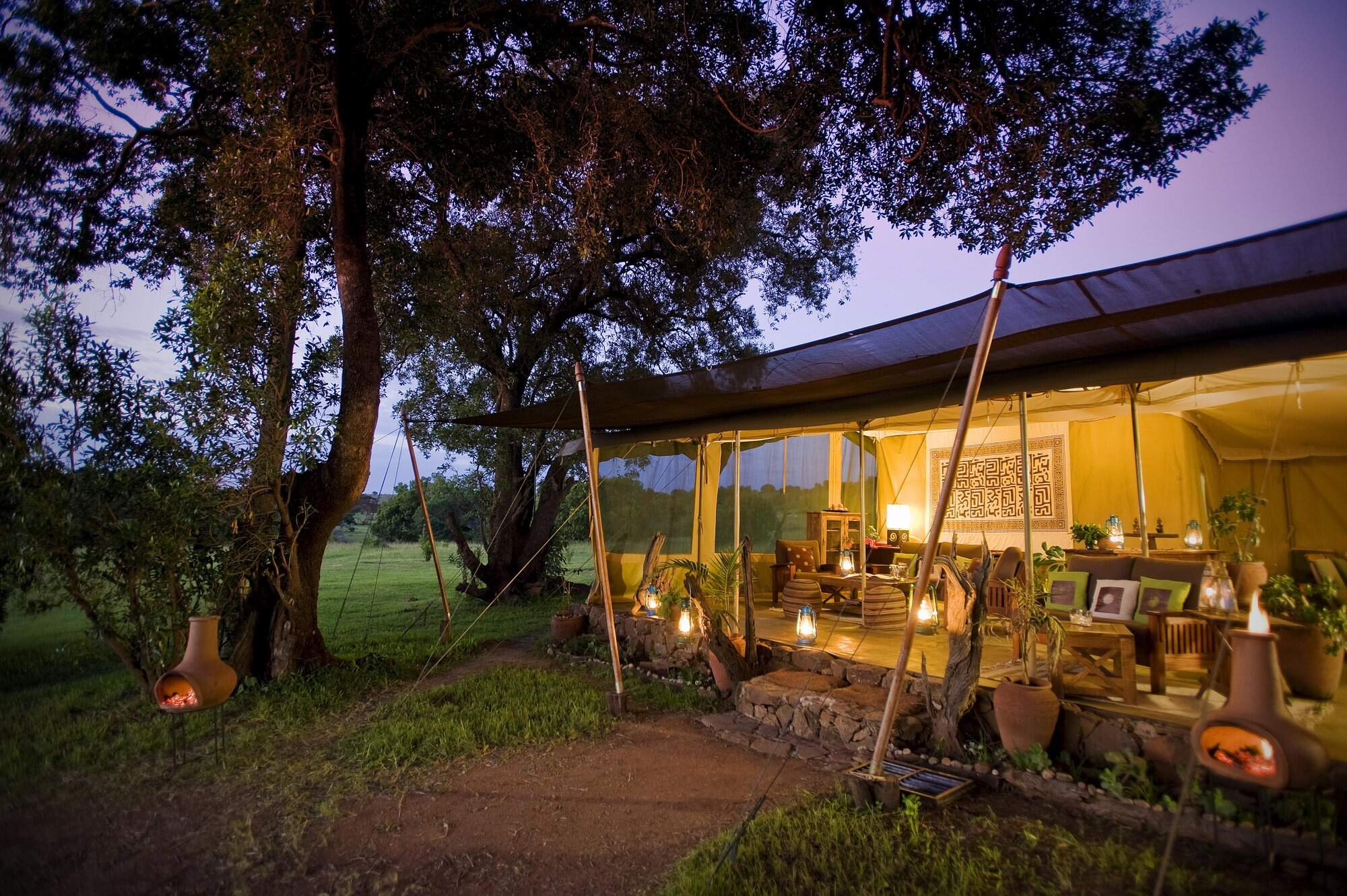
Kicheche Mara
Kicheche Mara Camp has just ten tents and a rustic and comfortable feel. It is set by a stream in a pretty area of the Mara ecosystem's Mara North Conservancy.
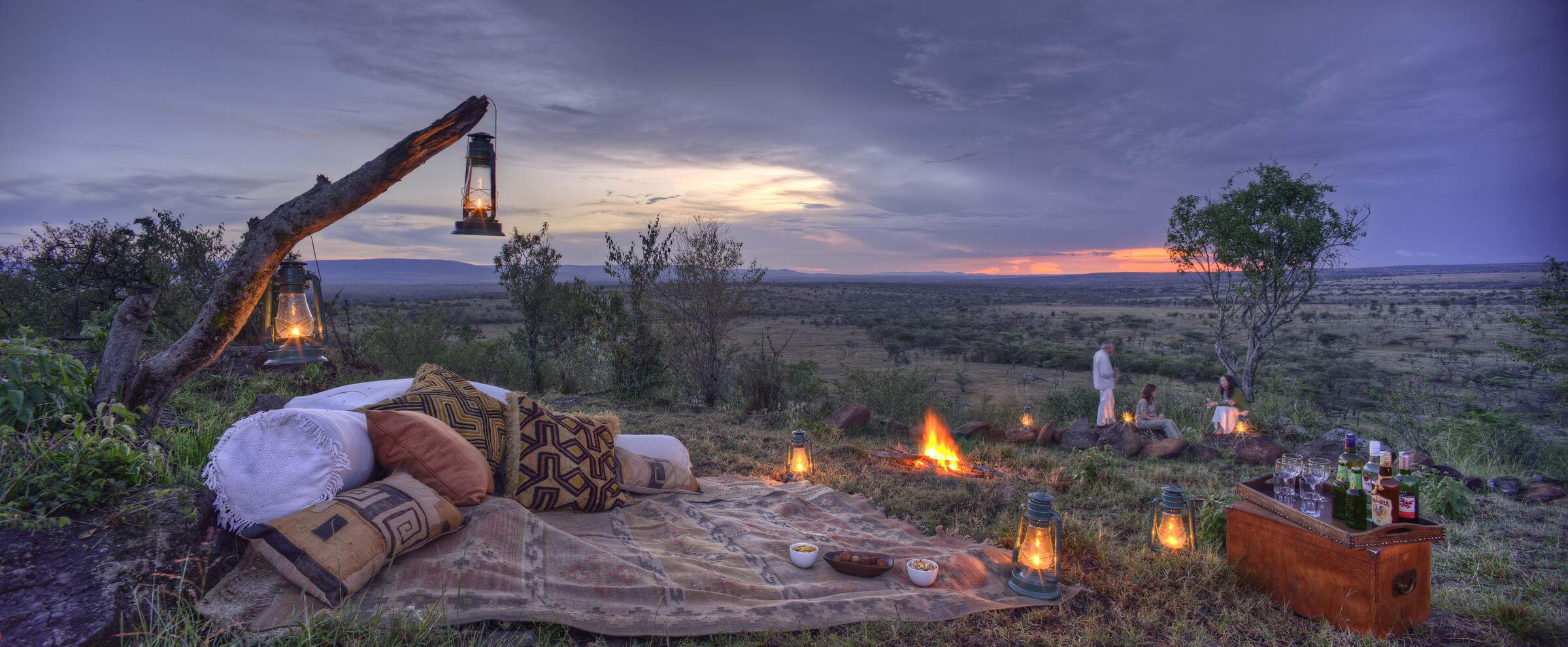
Kicheche Valley
Kicheche Valley is a boutique tented camp in a wooded district of the Mara ecosystem's Naboisho Conservancy, with plenty of wildlife in the area.
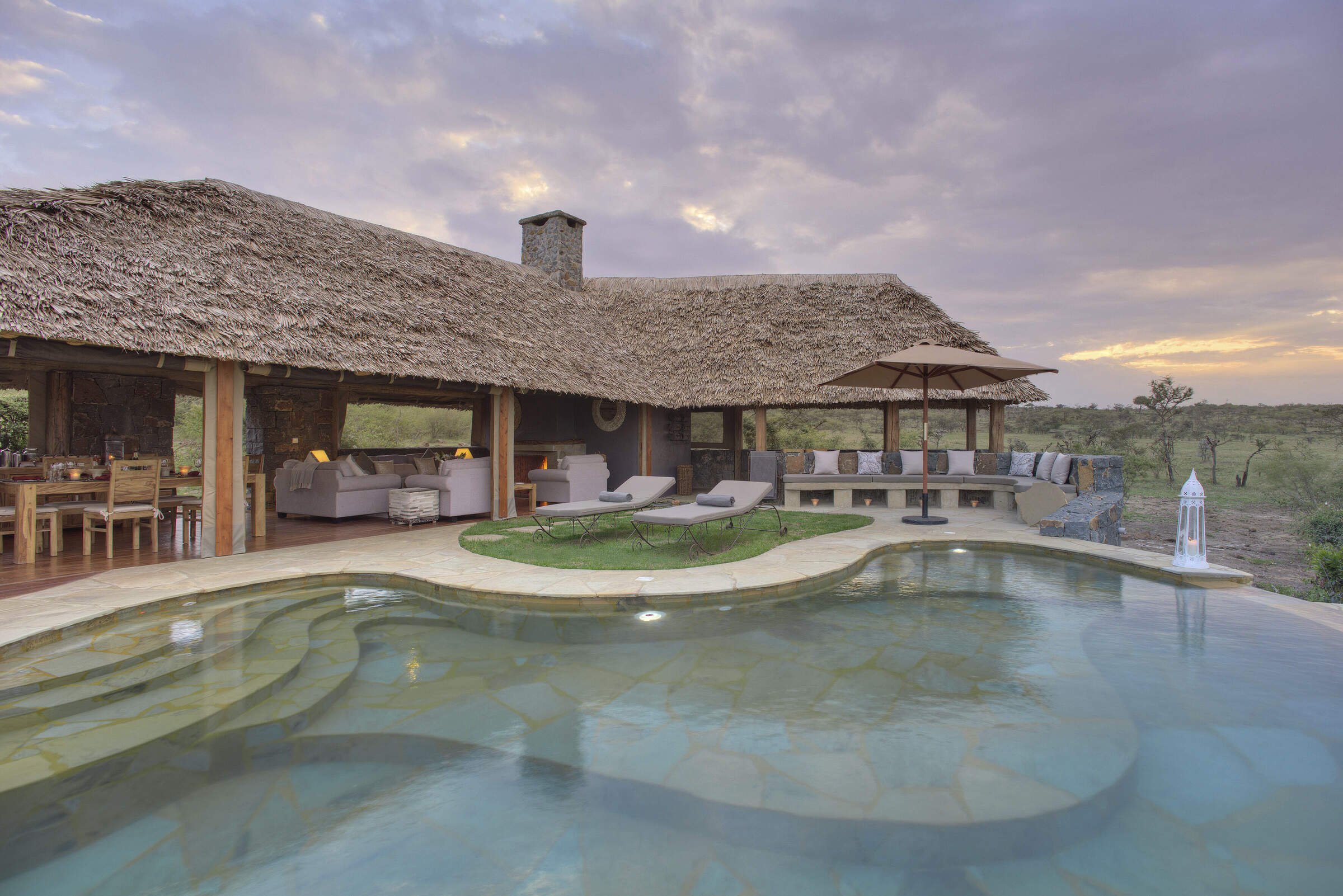
Naboisho Camp
Naboisho Camp is one of the most luxurious of the handful of camps in the Naboisho Conservancy. It offers day and night game drives, game walks and full creature comforts in the bush.
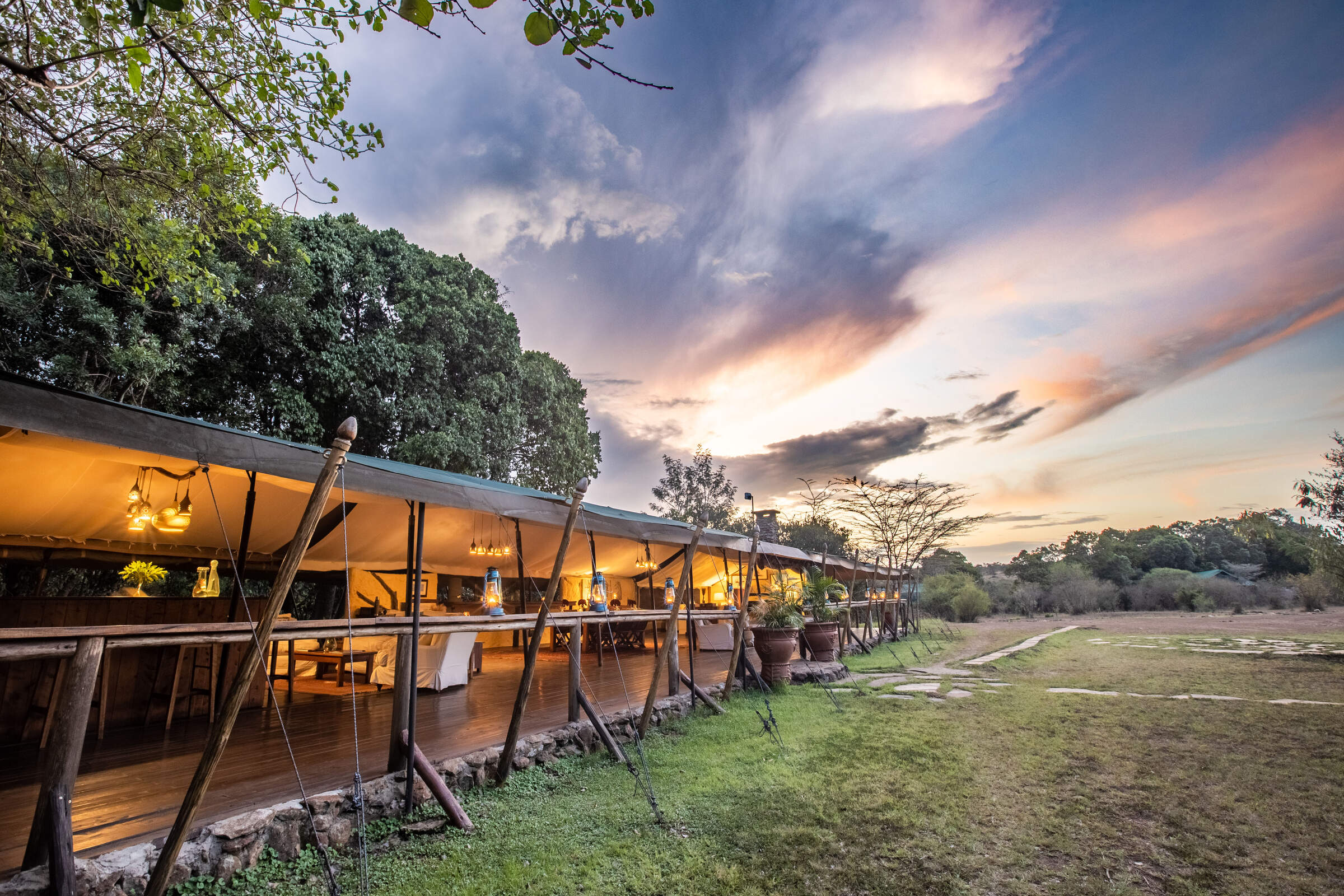
Offbeat Mara
Offbeat Mara is a small traditional camp that appeals to safari traditionalists, located in one of the Maasai Mara’s quiet conservancies.
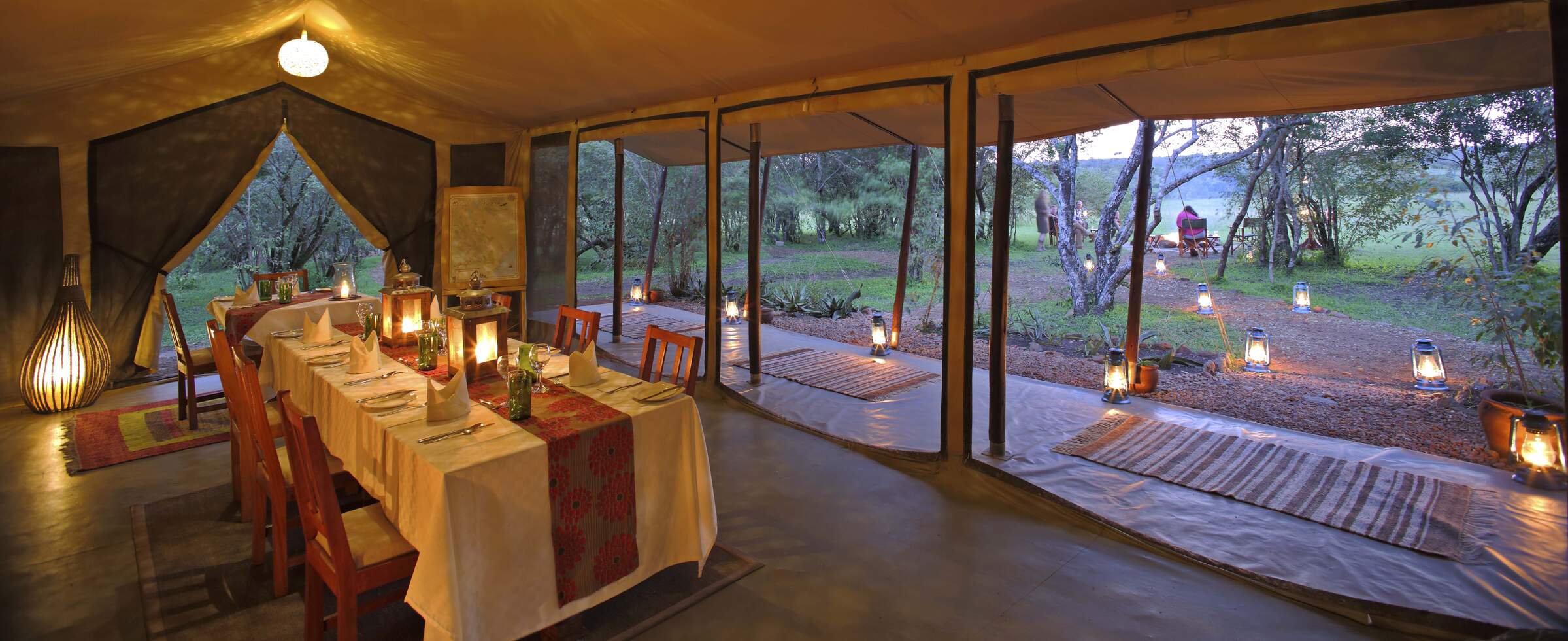
Encounter Mara
Encounter Mara is located in the private Naboisho Conservancy – a game-rich area of the Mara ecosystem – and offers a contemporary take on the traditional, low-impact luxury safari camp.
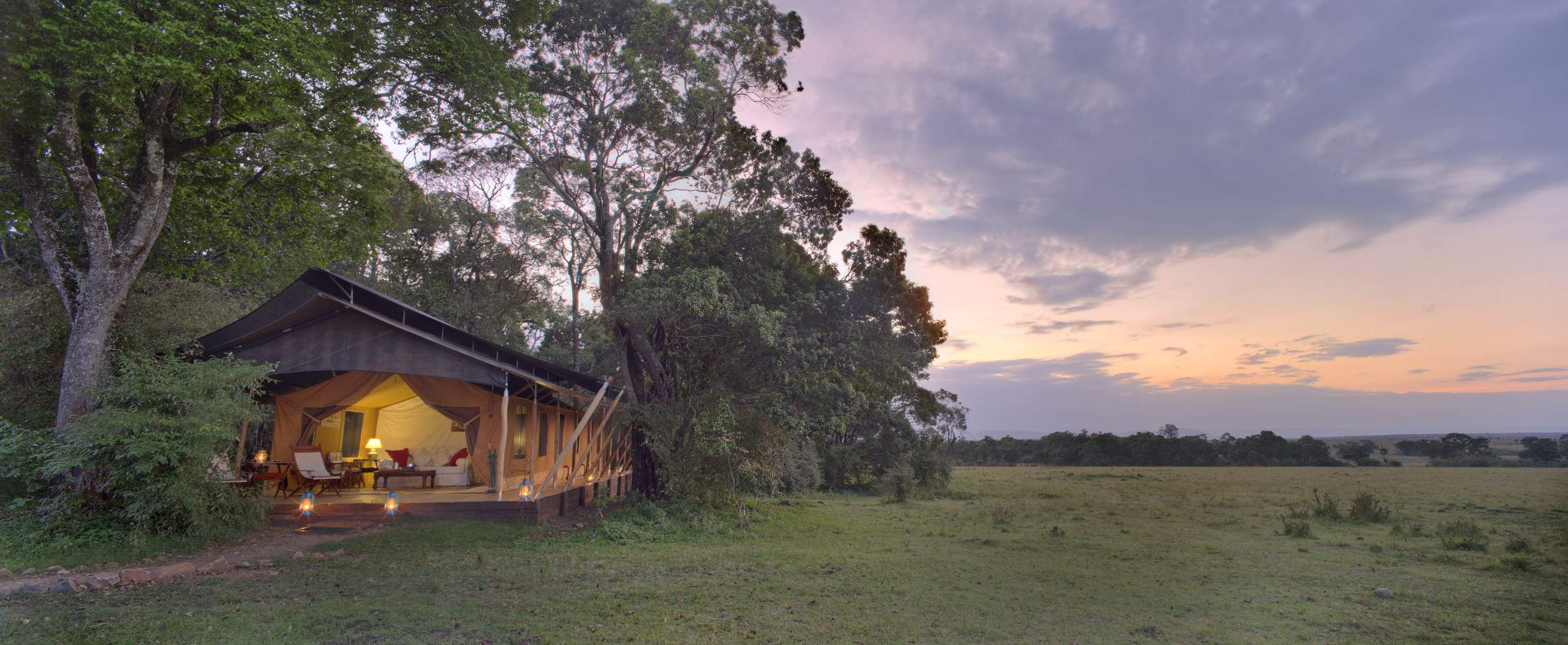
Elephant Pepper Camp
Elephant Pepper Camp is a small 10-tent bush camp, put together in the traditional "campaign" style, and including a large honeymoon/family tent.
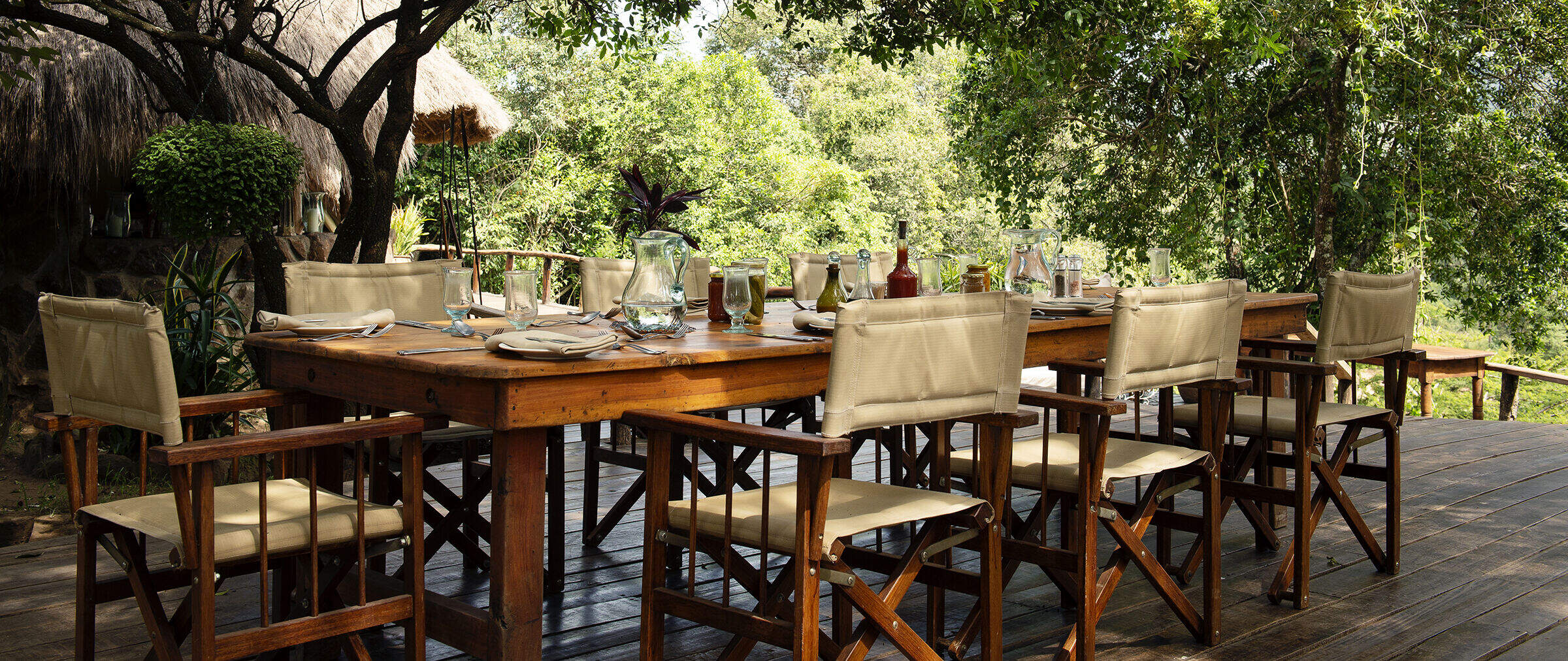
Serian
Serian is a luxury tented camp on the east bank of the Mara River in the Mara North Conservancy. It is the sister camp of Ngare Serian, on the west bank.
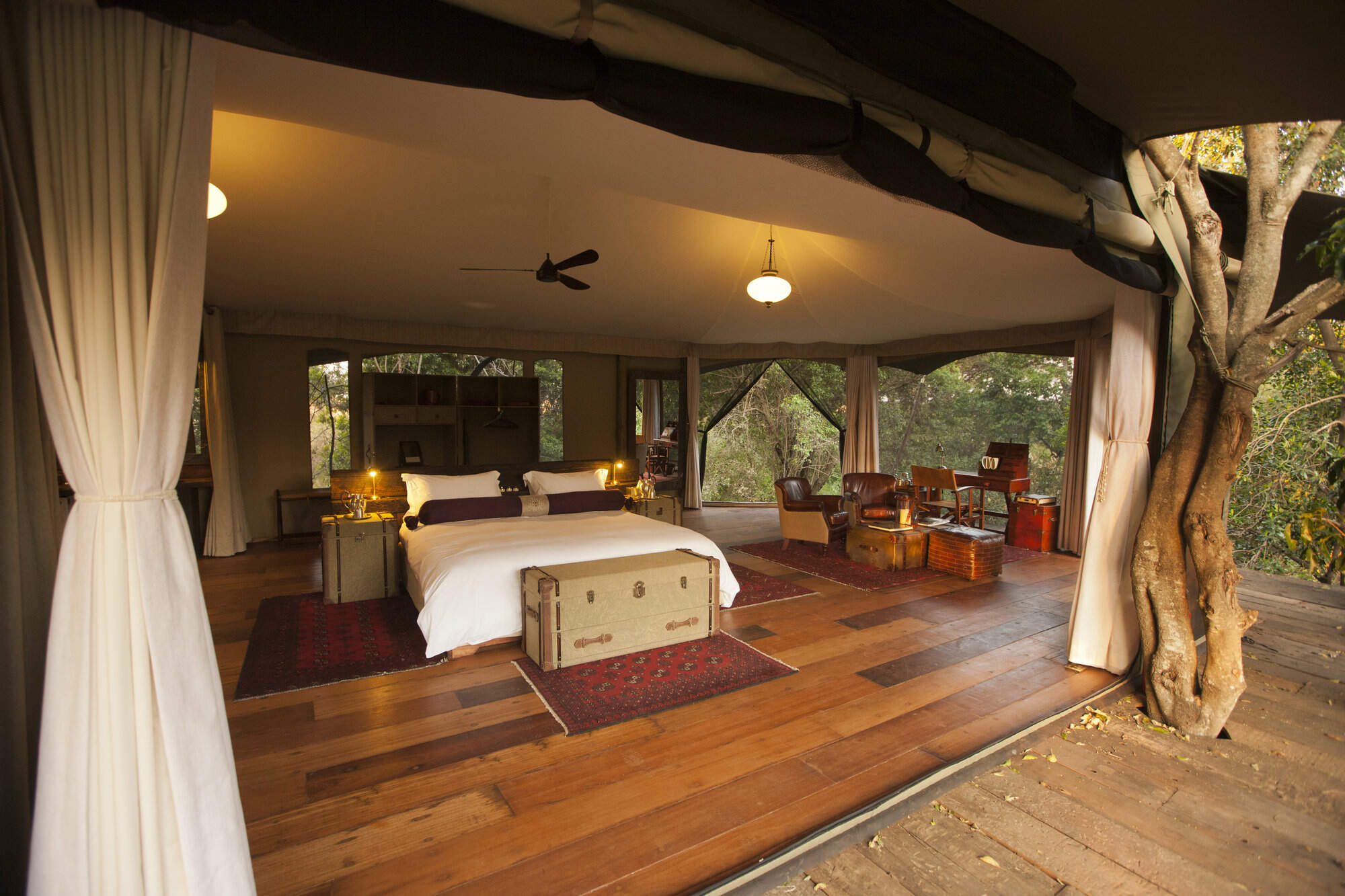
Mara Plains Camp
Mara Plains is one of the very best camps in the Mara ecosystem. Located in the Olare Motorogi Conservancy, just outside the Mara reserve, it has access to three wildlife-viewing areas.
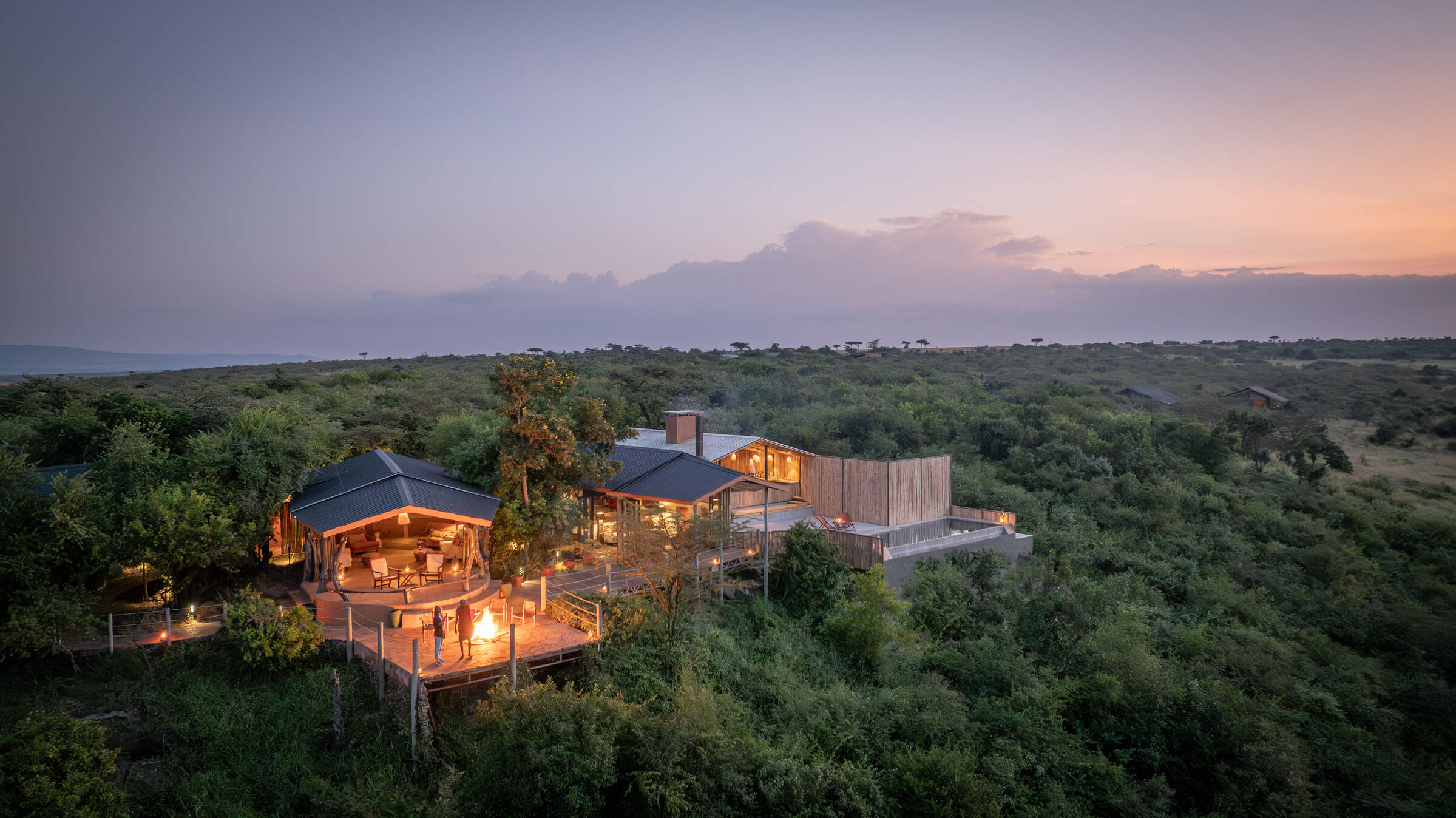
Basecamp Eagle View
Basecamp Eagle View is a community-focused safari camp in the Naboisho Conservancy, with a strong emphasis on responsible tourism and a spectacular location.
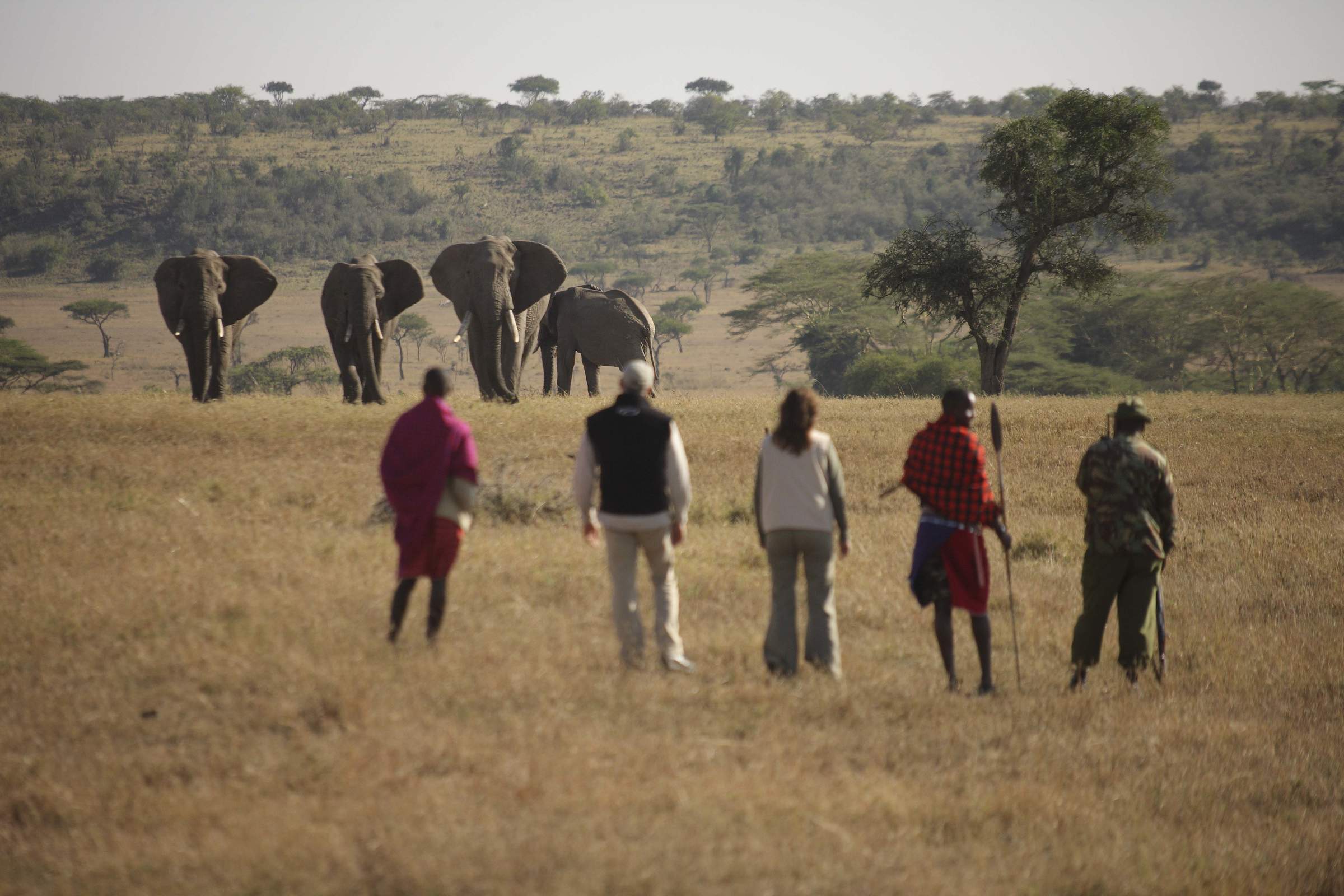
Kicheche Fly Camp
Kicheche Walking Wilderness Fly Camp is a temporaray dome tent camp set up for participants in Kicheche's two-day walking safari between Kicheche Valley and Kicheche Bush Camp.
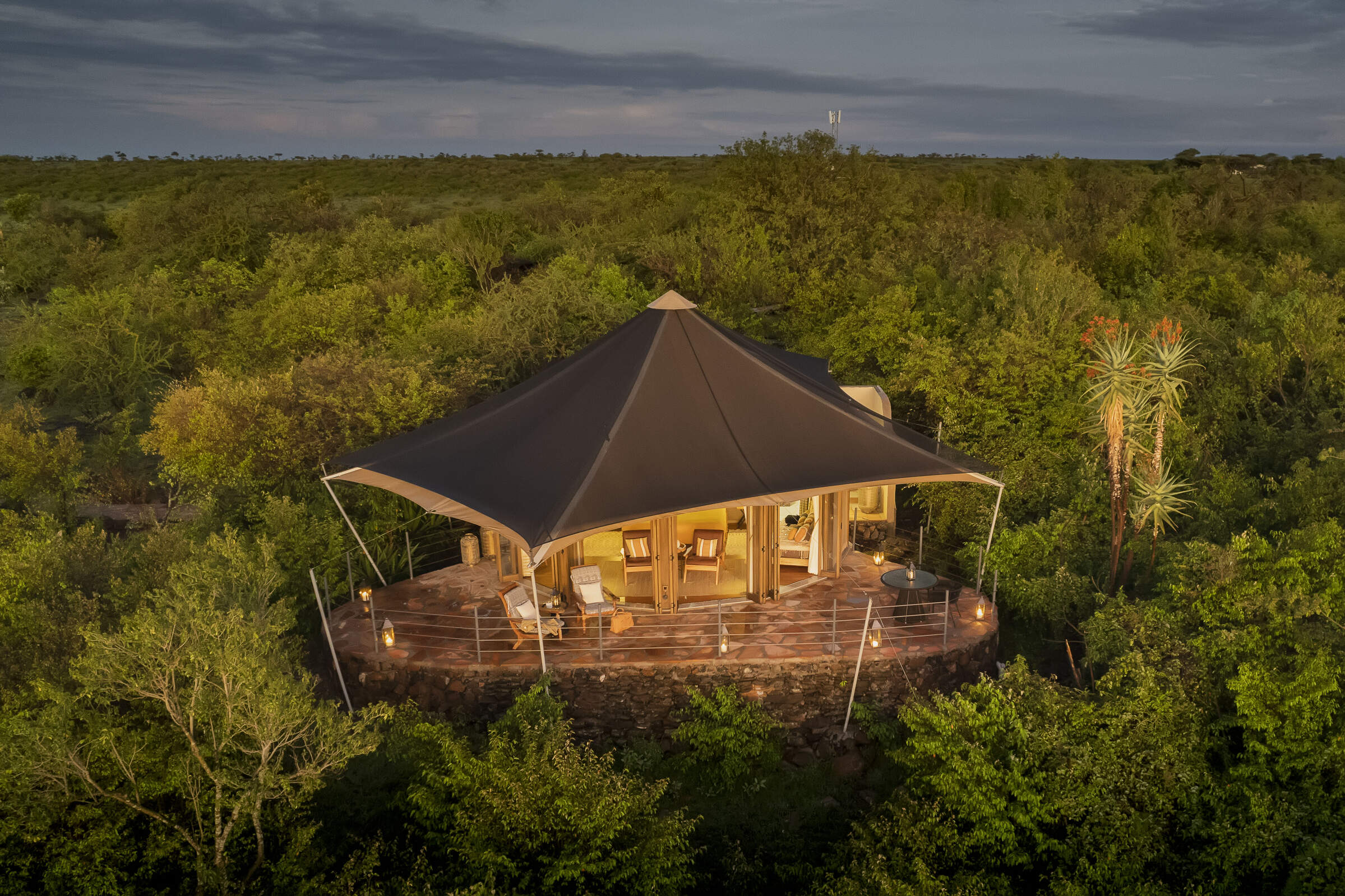
Hemingways Ol Seki
Magnificently located tented lodge on a bluff looking south across the Naboisho Conservancy toward the Maasai Mara National Reserve.
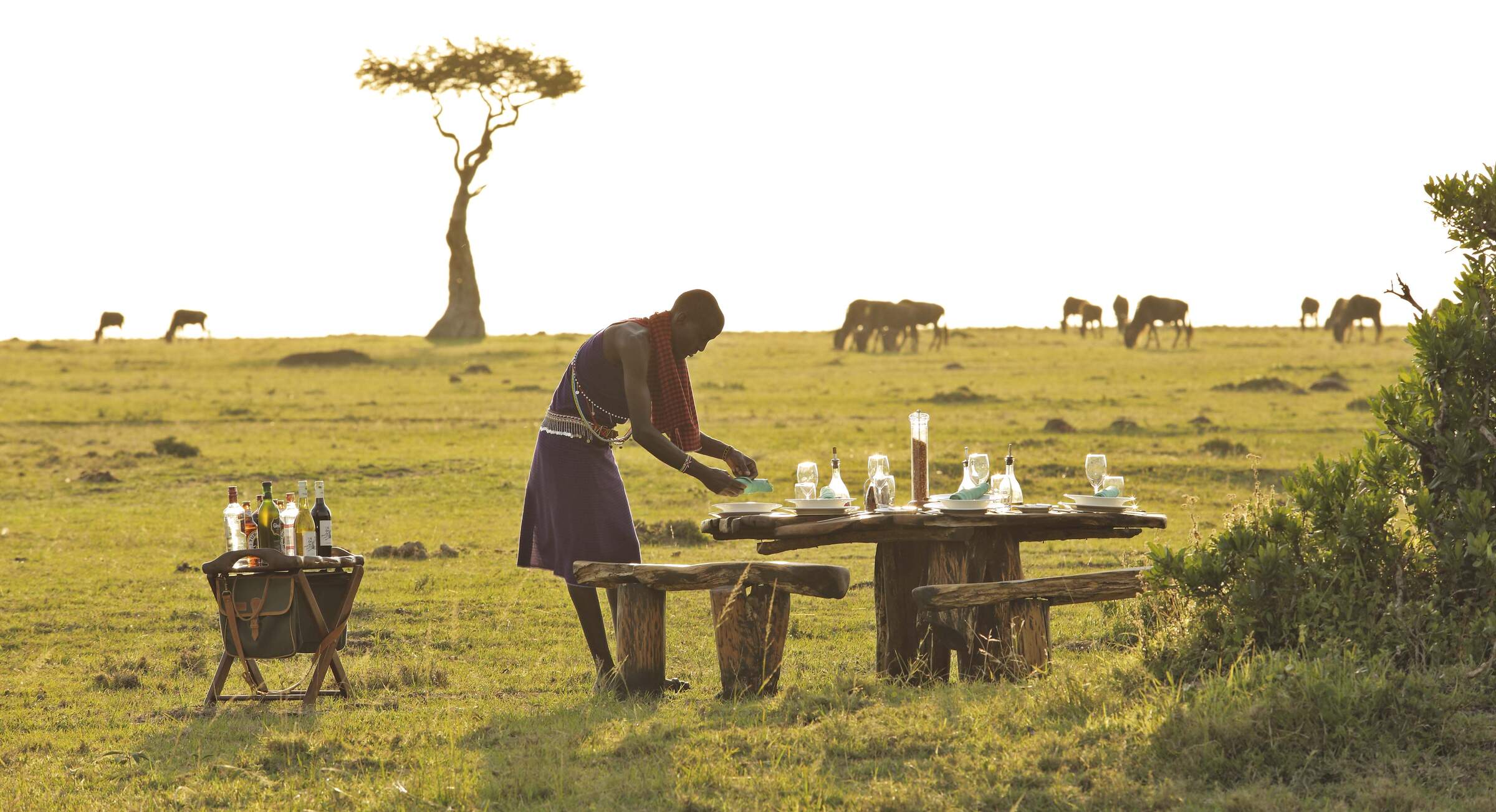
Saruni Wild
Saruni Wild is a rustic and traditional safari camp in the Lemek Conservancy, with just three tents and limited electricity.
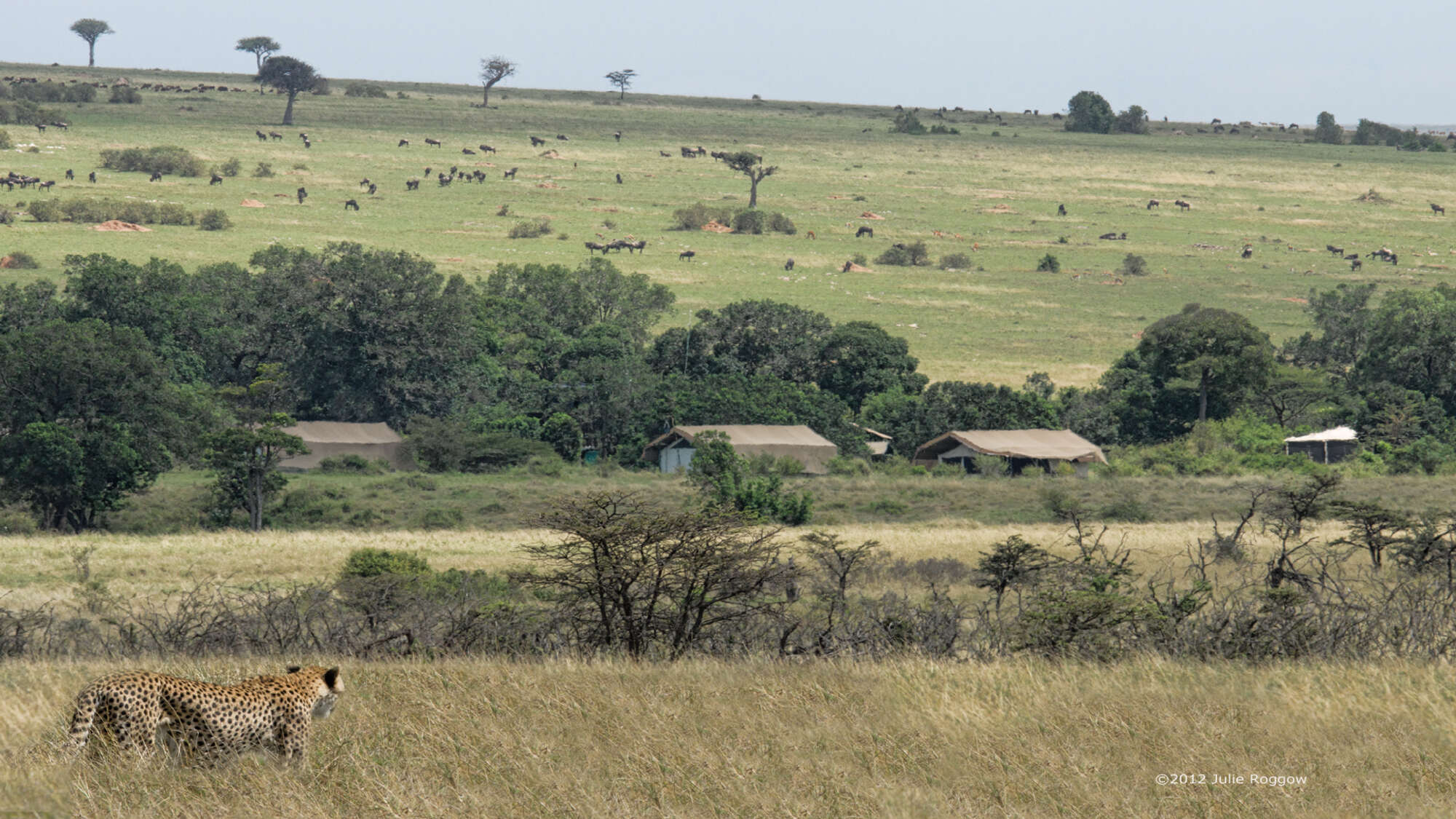
Porini Lion Camp
Porini Lion Camp is a pioneering, community focused eco-camp, with excellent guides and game viewing, in the predator-rich, Olare Motorogi Conservancy.
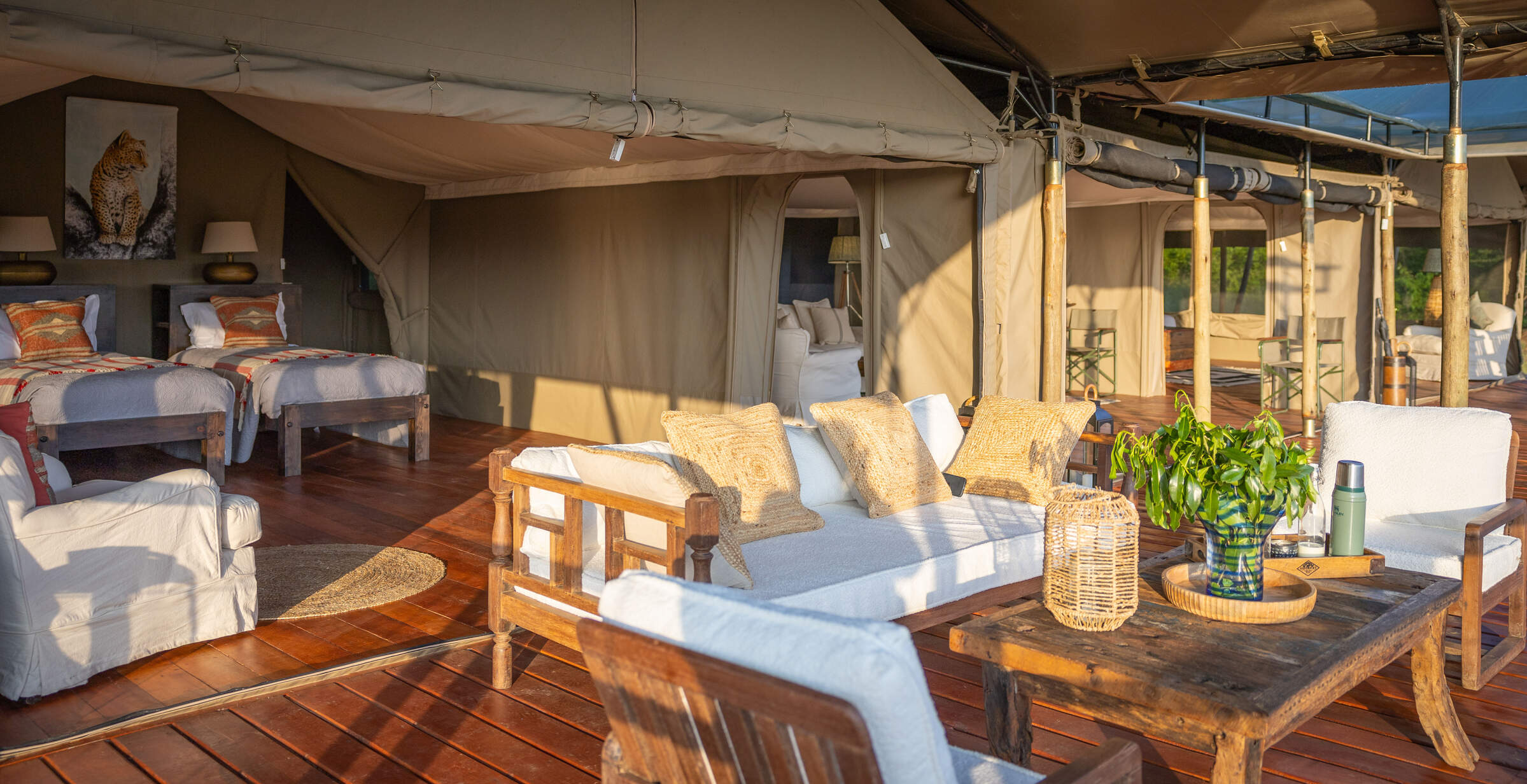
Offbeat Ndoto
Small and intimate, Offbeat Mara is set in a valley above the (often dry) Olare Orok River within the Mara North Conservancy.
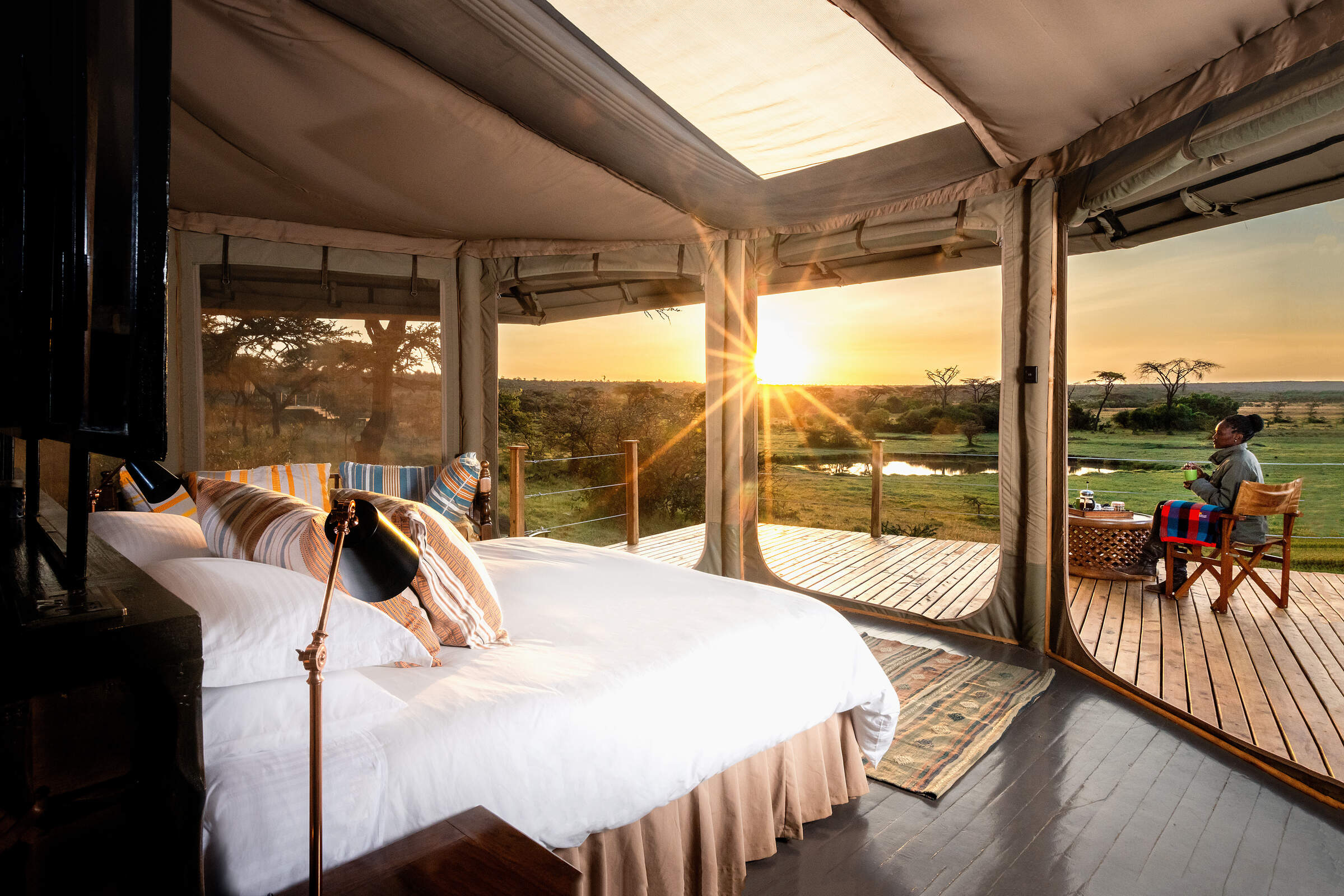
Basecamp Leopard Hill
With six beautiful tents, Basecamp Leopard Hill is a smart safari camp in the Naboisho Conservancy in the Maasai Mara ecosystem.
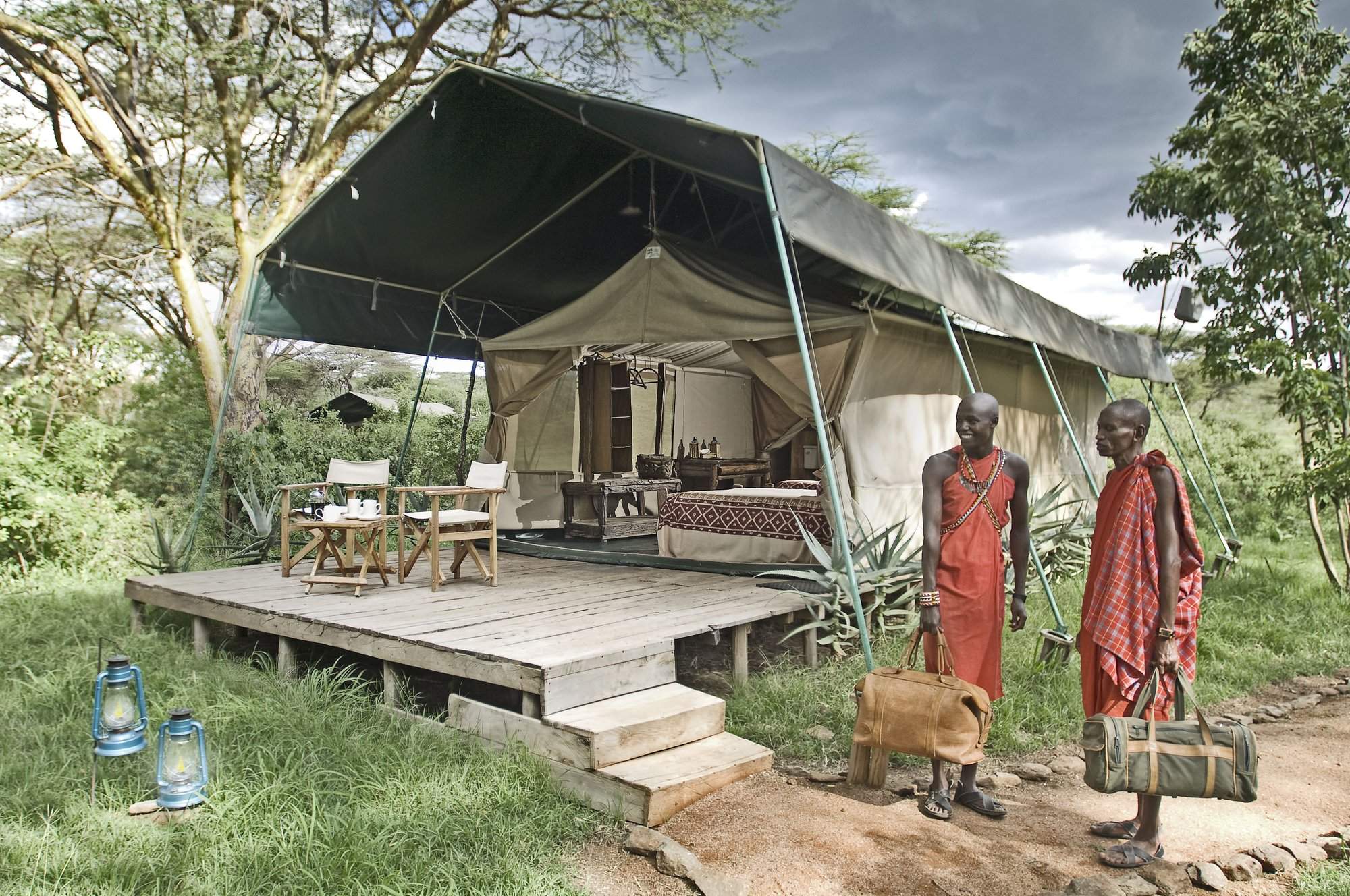
Porini Mara Camp
Porini Mara Camp is a small, pioneering eco-camp in the first private conservancy in the Mara region, with comfortable accommodation and a range of activities.
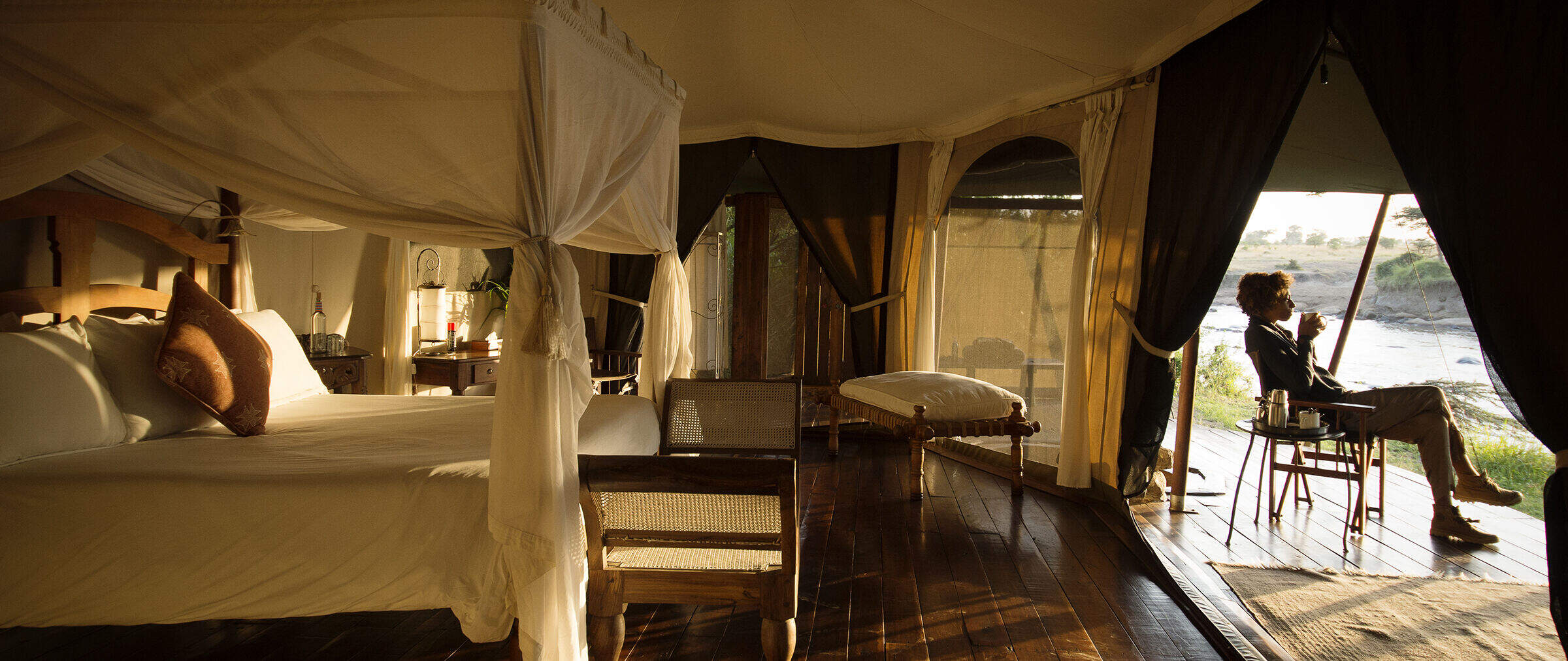
Ngare Serian
The luxurious Ngare Serian and its sister camp Serian face each other across the Mara River on the western side of the Mara North Conservancy
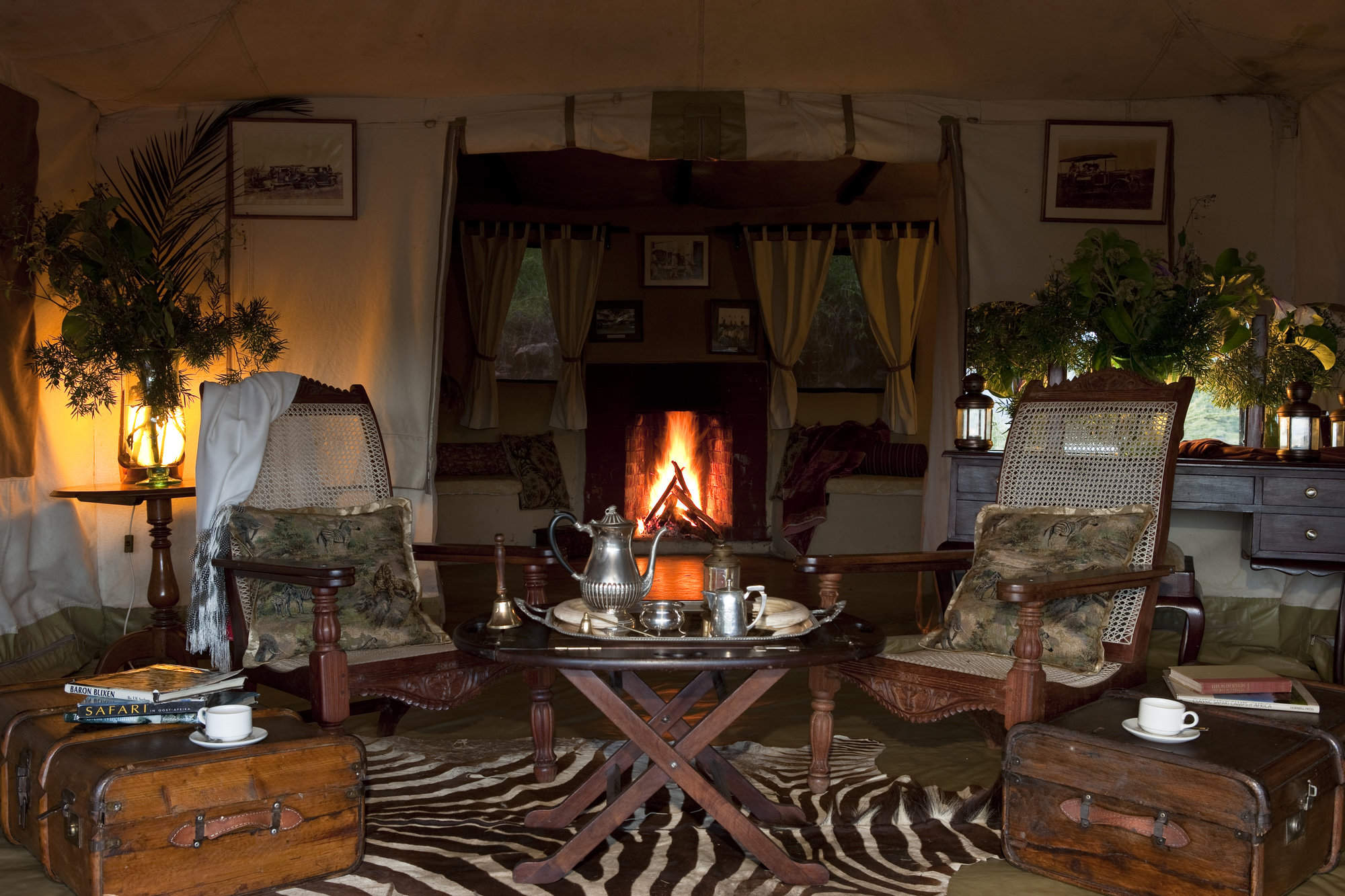
Cottars 1920s Camp
Cottar's 1920s Camp is a classic, luxury tented camp with a 1920s safari theme, located in its own conservancy on the southeast border of the Maasai Mara National Reserve.
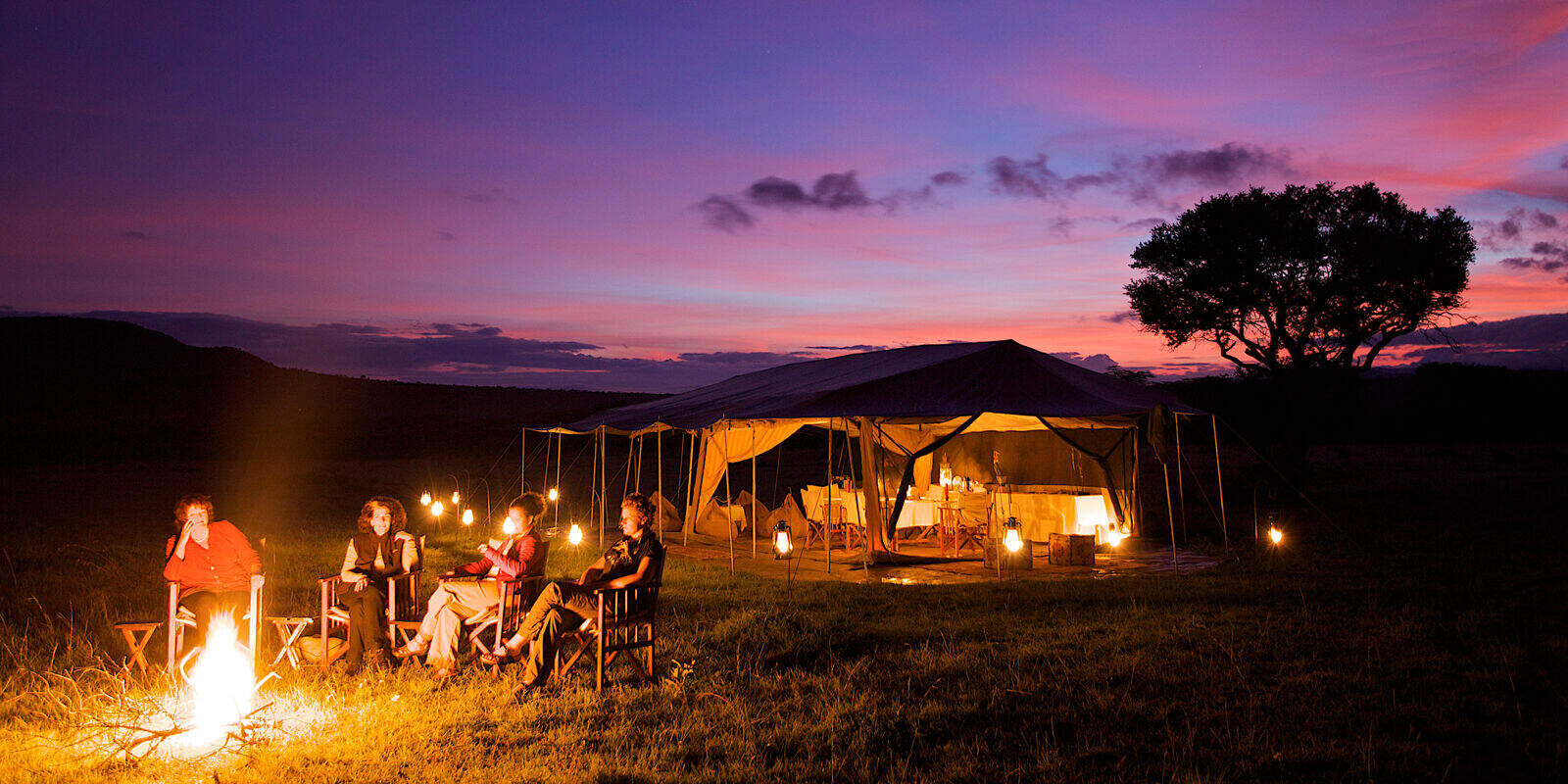
Leleshwa
Leleshwa was a delightful, boutique safari camp on the picturesque banks of a tributary of the Talek, with an extensive, little visited game area on its doorstep.
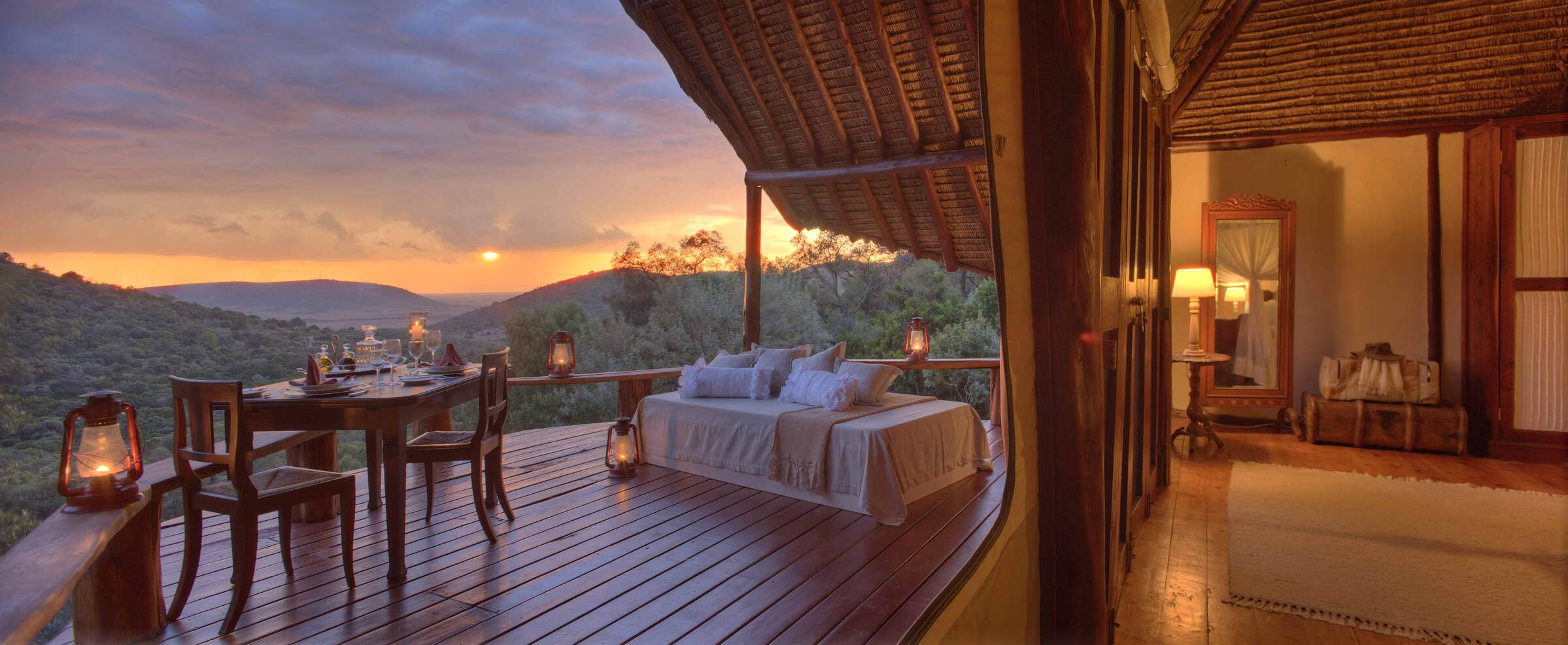
Saruni Mara
Saruni Mara is a luxurious permanent lodge, on the remote northern edge of the Mara North Conservancy, with stunning views, good guiding and very private and comfortable rooms.
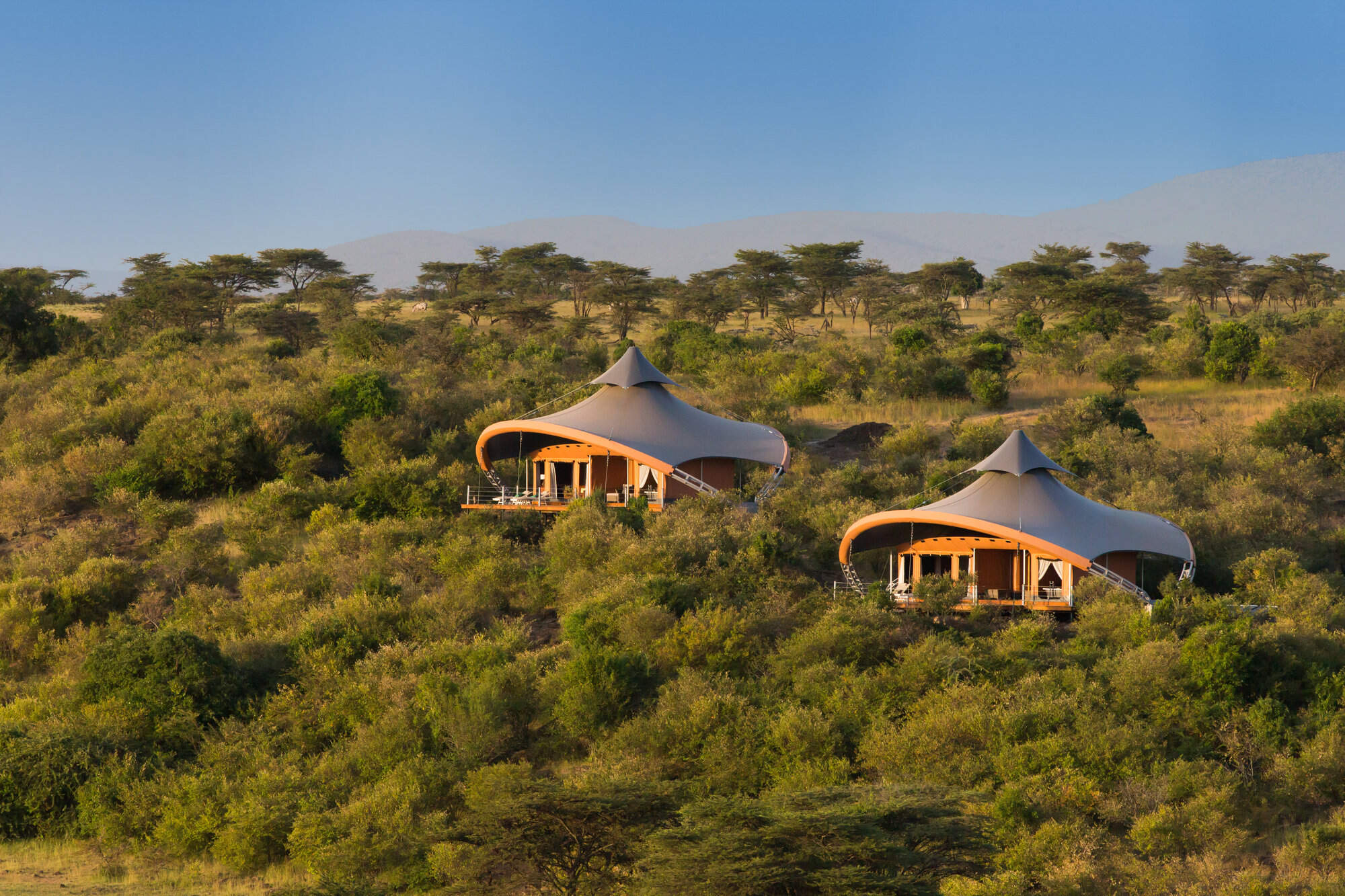
Mahali Mzuri
Mahali Mzuri is a strikingly modern tented camp in the Virgin Limited Edition group, in a remote part of the Mara ecosytem's Olare Motorogi Conservancy. It has lovely views and all the luxuries of a five-star hotel.
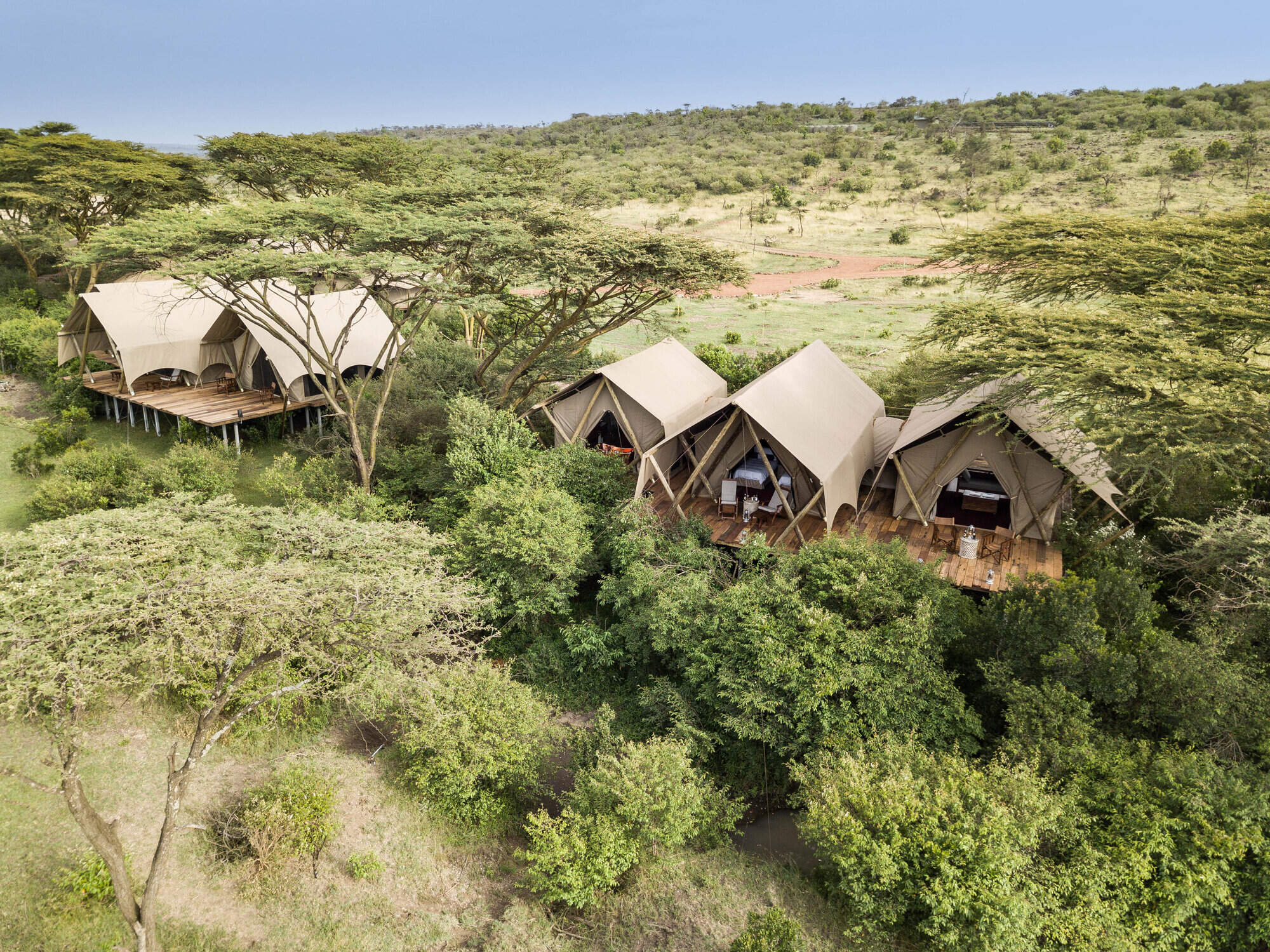
Mara Nyika
Mara Nyika is one of the newer additions to the Naboisho Conservancy and offers a luxurious and exclusive safari.
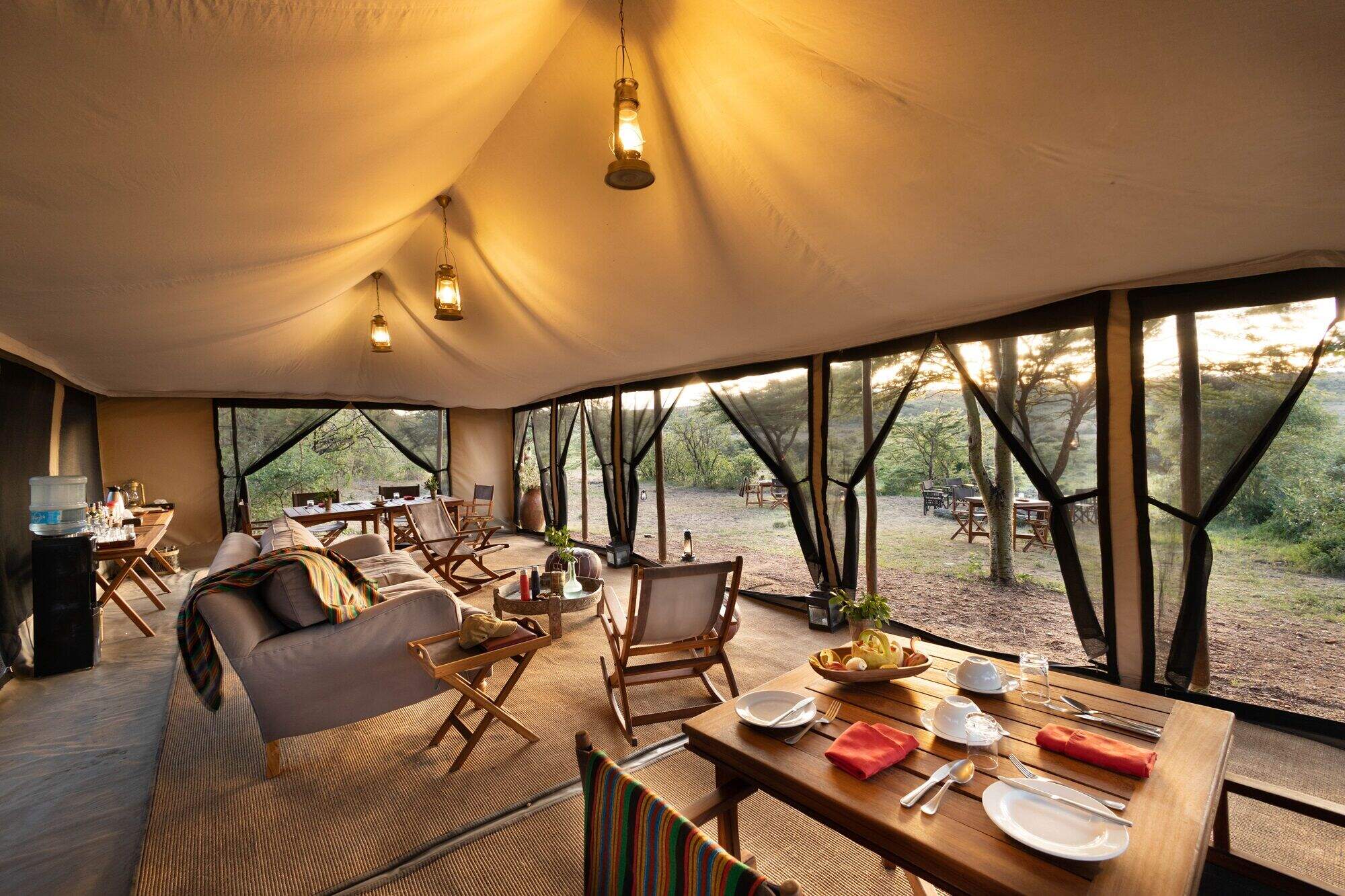
Basecamp Wilderness
Basecamp Wilderness Camp is a simple, traditional tented camp, set in a remote valley in the Naboisho Conservancy in the Mara ecoystem.
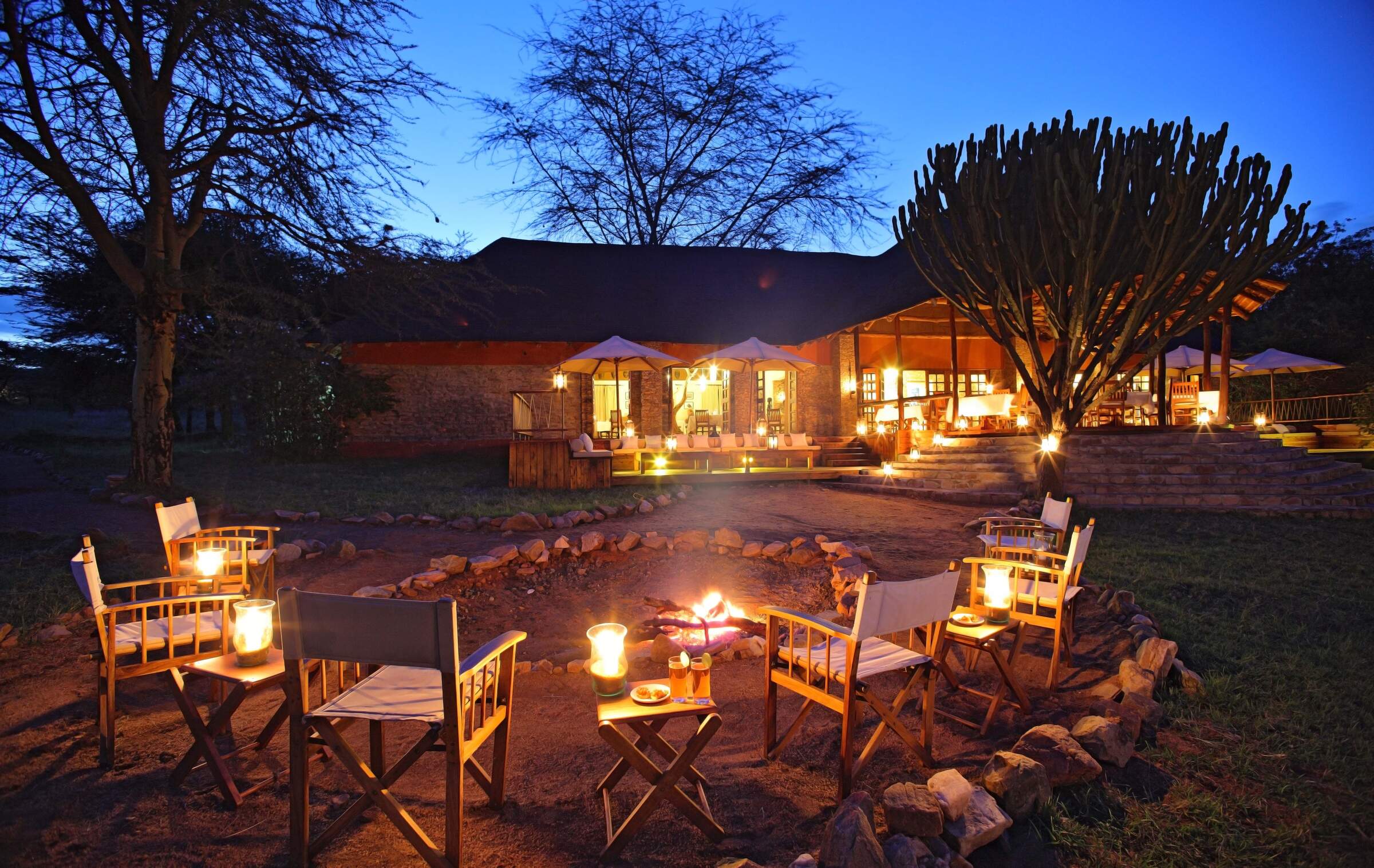
Mara Bushtops
Mara Bushtops is a luxury safari hotel on a private concession, outside the Maasai Mara National Reserve, with the emphasis on comfort, relaxation and good food and wine.
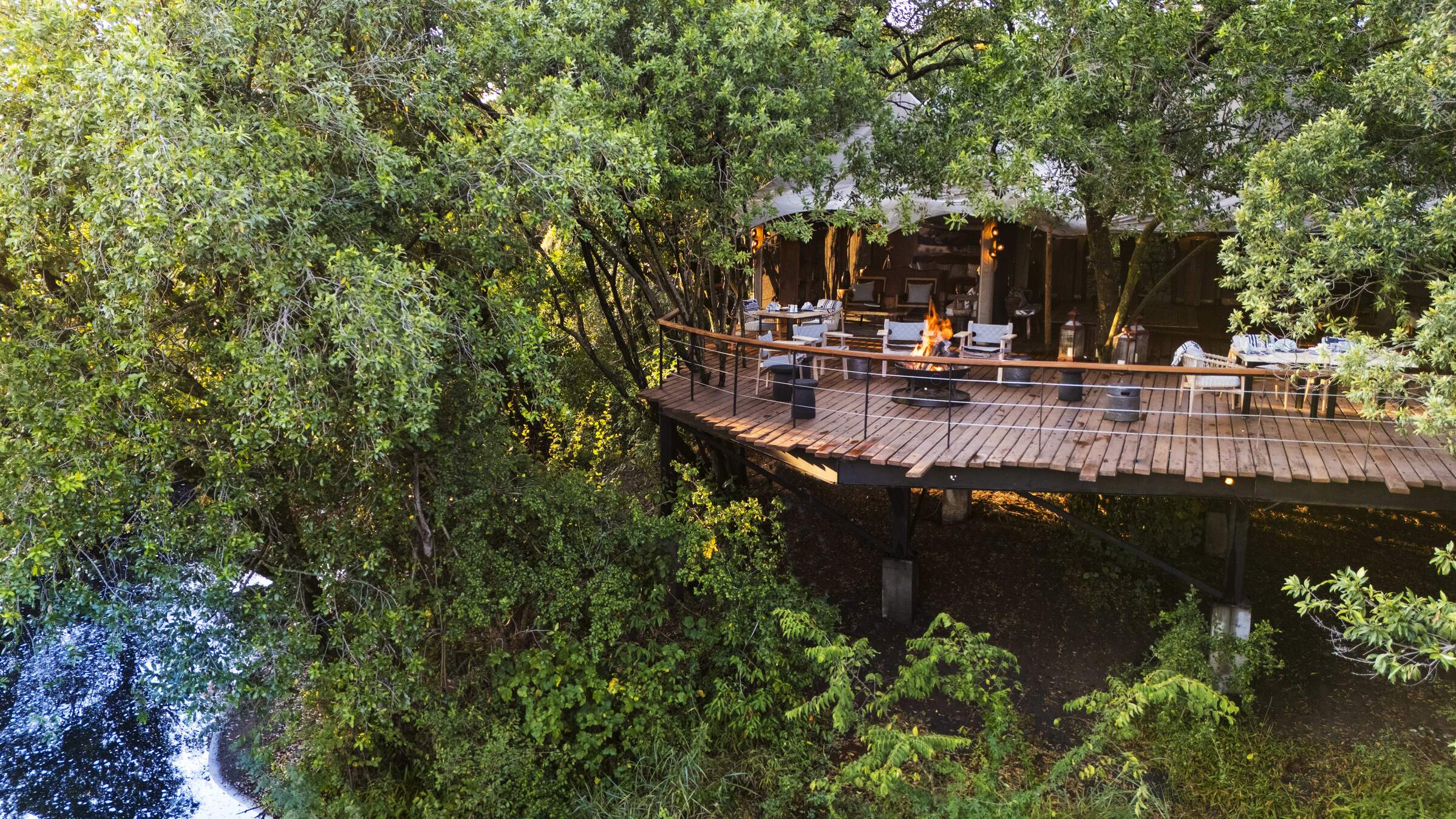
Mara Toto Tree Camp
Mara Toto Tree Camp is located on a wooded bend of the Ntiakatek River, 1km south (as the pied crow flies) from its sister camp, Mara Plains. It's the offspring of the original "Mara Toto" which was swept away in floods.
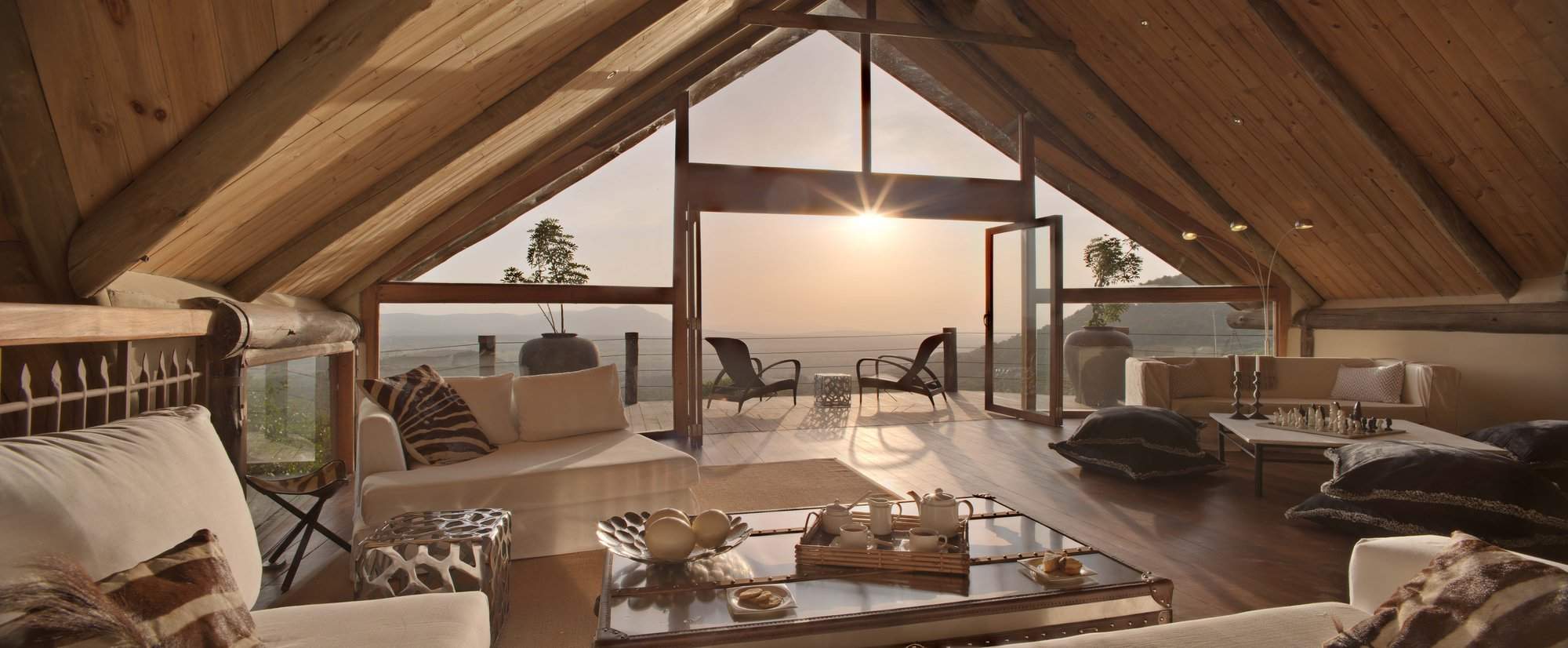
Cottars Private House
Cottar's Private House is one of the few truly luxurious, modern private houses in the Mara ecosystem, spoiling its guests with first-rate staff, a swimming pool and wonderful views.
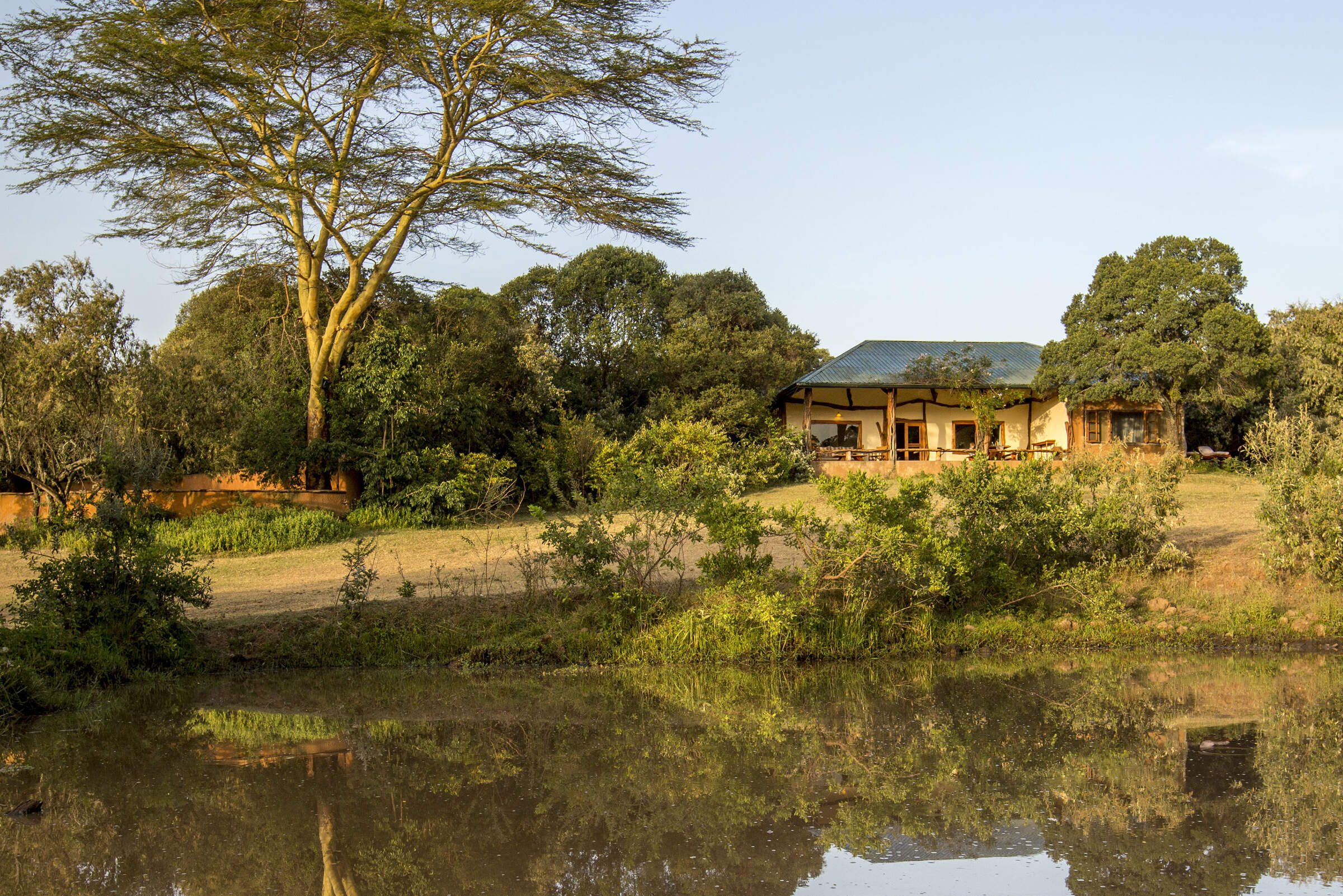
Basecamp Mara Houses
Basecamp Mara Houses consists of three private houses located in the northernmost part of the Mara North Conservancy.
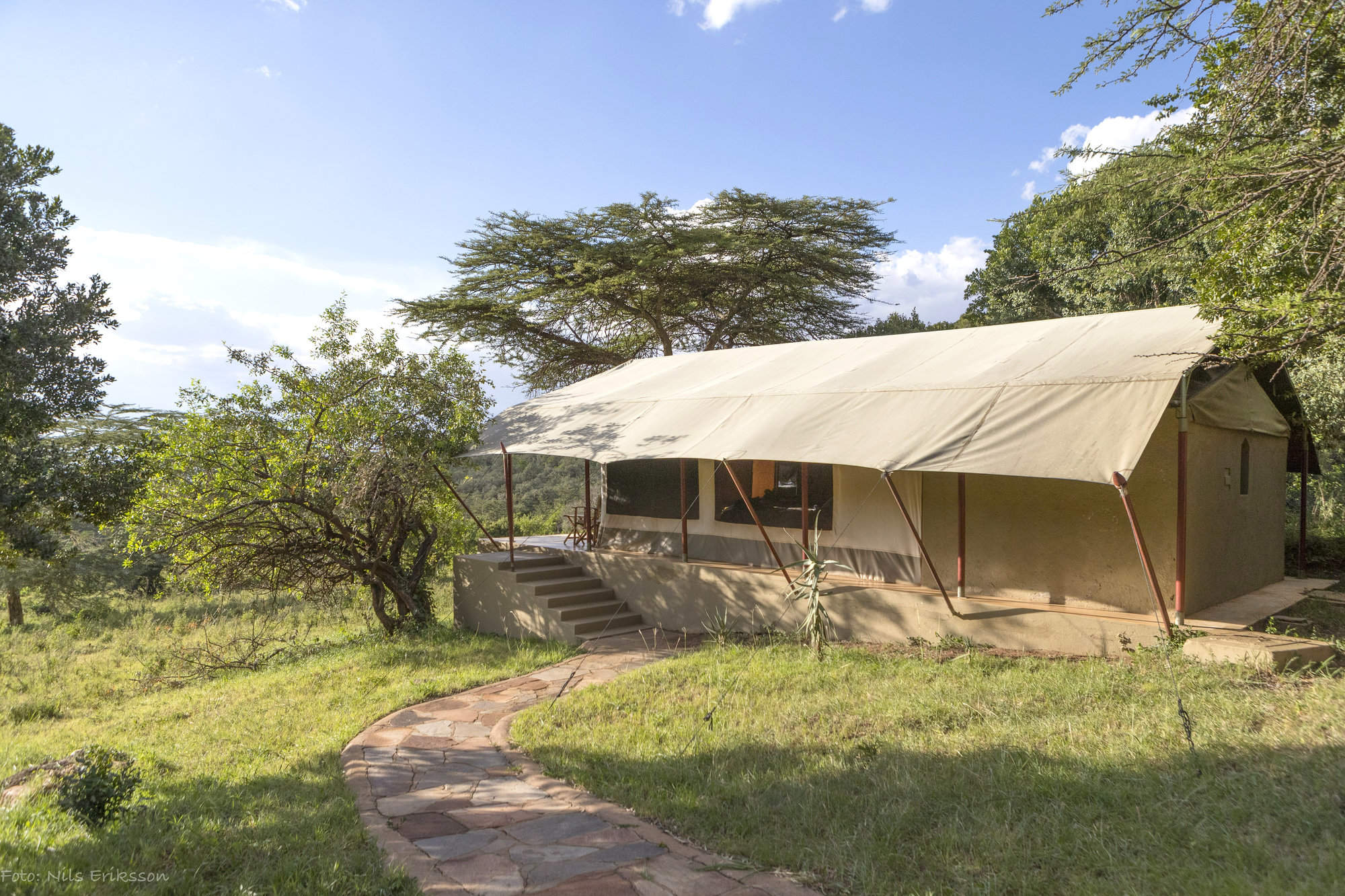
Entumoto
Entumoto is a high-end tented camp, with a swimming pool, situated in a very pretty location on the east side of the Maasai Mara ecosystem.
When to go to Maasai Mara Conservancies
Our month by month guide: What it's like to visit Karen Blixen Camp in Maasai Mara Conservancies
Jan
Feb
Mar
Apr
May
Jun
Jul
Aug
Sep
Oct
Nov
Dec
Kenya in January
Clear, hot days and warm nights make this high season a popular time for safaris and it’s also good for diving and snorkelling as water clarity is excellent and gets better as the dry season progresses. Most lodges and tented camps treat January after the New Year week is over, as mid-season, making it a good compromise in terms of value for money with reasonably reliable, dry weather and some greenery left in the landscape.
Expert Africa bases its description of climate and weather in January, like the other months of the year, on the climate records of roughly the last 100 years, and it's fair to say that the weather and seasons since the beginning of this century have been highly irregular and unpredictable.
- On average, January is the second driest month of the year
- Elephants dig waterholes in the dry riverbed in the Samburu reserve.
- Wildebeest and many antelope have their calving season, to February.
- Migrant birds are seen in huge numbers, especially in the Rift Valley.
- Sea water clarity around the coral reefs generally good.
Our view
Fantastic: the very best time to visit
Weather in January
Kenya in February
With the short dry season well established, the grass grazed down and wildlife gathering close to water points, this is still a good time for a safari. Good water clarity in the Indian Ocean's coastal waters makes for excellent diving and snorkelling conditions.
Expert Africa bases its description of climate and weather in February, like the other months of the year, on the climate records of roughly the last 100 years, and it's fair to say that the weather and seasons since the beginning of this century have been highly irregular and unpredictable.
- On average, February is the driest month of the year.
- It’s sometimes possible to swim with whale sharks at Diani Beach.
- Migrant birds are still seen everywhere, especially near water.
- This is usually peak calving season for wildebeest and many antelopes.
- This month is often the hottest of the year, especially on the coast.
Our view
A very good time to visit
Weather in February
Kenya in March
Hot, increasingly humid weather – with good diving and snorkelling conditions at the start of the month – gives way to rains and lower accommodation costs. Expert Africa bases its description of climate and weather in March, like the other months of the year, on the climate records of roughly the last 100 years, and predicting the seasons since the beginning of this century has been difficult.
March is the month when – traditionally – intensely hot conditions build up until a cloudburst finally happens at the end of the month or in early April, to relieve the humidity. As ever, regional variations across the country can greatly impact on visitors' experiences.
- Sea-water clarity is best for diving before the long rains start.
- Visitor numbers are low, though the Easter holidays can be busier.
- Night skies can be scintillatingly clear in early March.
- Cropped down savannah grasses can make it easier to see the wildlife.
- Temperartures climb high, especially at lower elevations.
Our view
A good time to visit, with pros & cons
Weather in March
Kenya in April
April sees the full onset of the southeast monsoon wind or kusi, which heralds the long rains. Temperatures drop soon after the rains are established and you’ll often have facilities largely to yourself in this more affordable low season, sometimes known as the "green season". The bush quickly springs to life, with greenery sprouting almost before your eyes. While you're likely to get a fair number of heavy showers, the breaks in the rain can yield sparklingly clear conditions.
With the dust settled and bright sun piercing the clouds, conditions can be sublime for photography, especially first thing in the morning or in the late afternoon with another storm brewing. You may be lucky, or you may find conditions very wet and muddy.
- A wet month, the coast often gets more than 300mm (12in) of rain.
- Sunny spells can provide great light for photography.
- Buffalo and zebra calving season often happens in this month.
- Baby crocodiles hatch, for example on Central Island in Lake Turkana.
- Palearctic migrant birds gather to fly north to breeding grounds.
Our view
A time to avoid if possible
Weather in April
Kenya in May
While game viewing can be trickier as vegetation runs riot, between the cloudbursts the colours and light are great for photography at this time of year. Expert Africa bases its description of climate and weather in May, like the other months of the year, on the climate records of roughly the last 100 years, and while it's reasonable to expect heavy rains in many parts during this month, especially on the coast, the rains don't always come evenly or in some areas come at all.
In an El Niño year, the so-called long rains that normally are established across much of the country by May can be meagre, to the despair of farmers. On the other hand in a La Niña year, the long rains can bring floods. On the coast, the monsoon winds make the climate much more predictable, with heavy rains common throughout this month.
- Frogs breed in the ponds in the Arabuko Sokoke Forest near Watamu.
- Wildebeest, impala and other grazers are in rut (the breeding season).
- Kilimanjaro looks its best as heavy rain falls as snow on the summit.
- There's a sharp peek of rainfall on the coast with many rainy days.
- Accommodation prices are uniformly low, while some camps close.
Our view
A time to avoid if possible
Weather in May
Kenya in June
The rains give way to cloudy, cooler weather, often making for comfortable conditions by the end of the month, especially in the highlands. Starting from mid-June or the beginning of July and running until the end of October, this is the high season, and accordingly has higher accommodation rates and – at least until early September – higher numbers of visitors.
While the early part of June can often be rainy on the coast, it can be a great time to go on safari, with fresh greenery, many young animals and good photographic conditions with clear air.
- The Taru Desert, inland from the coast, is carpeted with flowers.
- The Lake Turkana Cultural Festival is held in Loiyangalani.
- Madaraka Day (commemorating self rule) is 1 June.
- The annual Lewa marathon runs a course through the wildlife.
- The Diani Rules "sports" event rips up the rulebook at Diani Beach.
Our view
A good time to visit, with pros & cons
Weather in June
Kenya in July
Kenya’s “winter" season sets in (winter is a misnomer but locals feel the change), and the highlands can be rather grey. Skies are often cloudy and the days can be surprisingly cool, with an average daytime high in many highland safari areas of 15-20°C and night-time temperatures dropping below 10°C in Nairobi and the highlands. Lower parts of the country and the coast are usually warm and dry, typically reaching highs of around 25°C with lows in the high teens.
As this is the start of the high season, coinciding with the usual arrival of the wildebeest migration in the Maasai Mara, July is a busy month. Ask your Expert Africa specialist to advise on how to avoid the crowds, which is not that difficult to do.
- The wildebeest migration usually reaches the Maasai Mara in July.
- Simbi Lake (Kisumu) and Crater Lake (Naivasha) can attract flamingoes.
- Watersports start to pick up and some surfing is possible at Malindi.
- Afternoon thunderstorms are a common feature in the Maasai Mara.
- The sea can be choppy along the coast, making diving difficult.
Our view
A good time to visit, with pros & cons
Weather in July
Kenya in August
The Great Migration fills the plains of the Maasai Mara, and school’s out, so the park roads are full of tourists – ask your Expert Africa specialist for advice on crowd avoidance tactics. Choose a private conservancy rather than a public national park or national reserve for quieter conditions.
Like July, August is generally mild and relatively dry in the safari areas, but it can be very chilly in the highlands, even in the middle of the day, and hail occasionally falls above altitudes of around 2,400m (8,000ft). Nairobi can be disappointingly overcast, with low cloud.
- Apart from Christmas holidays, this is the busiest month of the year.
- Late August sees peak wildebeest drama at the Mara River crossings.
- Coastal winds are good for kite- and wind-surfing.
- Few mosquitoes are around at this generally dry time of year.
- The annual Camel Derby takes place in the Samburu capital, Maralal.
Our view
A good time to visit, with pros & cons
Weather in August
Kenya in September
The skies clearing of cloud signals the start of hot, dry weather with little chance of rain – and, after the first few days of the month, far fewer visitors – making the latter part of September a good time for a quieter safari. While early September is often good for dramatic migration crossings along the Mara River, you might consider deliberately postponing your trip until later in the month, when the migration can still be very impressive and visitor numbers fewer.
If tourist surges are somewhat predictable, however, the patterns of the wildebeest migration are more volatile, and like all of Expert Africa's climate and weather assessments, they are based on accumulated years of experience rather than guaranteed certainty.
- This is still high season, with prices to match.
- Many river crossings take place on the Mara river in both directions.
- Natural bush fires flush out insects and small animals for predators.
- The Rift Valley Music Festival takes place by Lake Naivasha.
- With school holidays over by early September, late-month is quieter.
Our view
Fantastic: the very best time to visit
Weather in September
Kenya in October
Still hot, mostly dry and not too busy, this is many people’s preferred month for a safari, and it’s also good for diving and snorkelling. The wildebeest and zebra herds of the great migration are often still to be seen, though in dwindling numbers. The swamps of Amboseli attract thirsty wildlife including large herds of elephants.
While we wouldn't expect much rain across most of the country this month, the climate has become so unpredictable that you can never say never, and the possibiity of the short rains – usually associated with November to mid-December, starting early, can't be discounted.
- This month sees the tail end of the great migration in the Mara.
- Palearctic migrant birds start to arrive, staying until March.
- Turtle nests hatch at Watamu, until November.
- Amboseli elephants focus on the swamps for their daily water.
- The Indian Ocean monsoon winds turn from southeast to northeast.
Our view
A very good time to visit
Weather in October
Kenya in November
The northeast monsoon wind or kaskazi heralds the start of the “short rains", usually some time in the second half of the month. From November to mid-December, this is the low season, and accordingly has lower accommodation rates and lower visitor numbers. Across most of the country you can expect warm, somewhat cloudy weather, with occasional heavy showers and localised flooding.
Expert Africa bases its description of the climate in November, like the other months of the year, on the records of roughly the last 100 years, and it's fair to say that the seasons since the beginning of this century have been highly irregular and unpredictable: some years the short rains don't come at all, or don't reach every part of the country. In an El Niño year, the November short rains can be very heavy, but in a La Niña year, they can fail completely.
- Swimming with dolphins in Lamu can be done from now until April.
- Birders gather at Ngulia in Tsavo West to ring Palearctic migrants.
- The Lamu Cultural Festival takes over the town and Lamu Creek.
- Agricultural shows often take place regional market towns.
- This is low season, so camps can be great value, with special offers.
Our view
A good time to visit, with pros & cons
Weather in November
Kenya in December
In a typical December, the rains usually finish by middle of the month, leaving the landscape looking its best, under clear blue skies, and heralding the start of the second peak tourist season from around 20 December to the first week of January. Our assessment of the likely weather in December, like the other months of the year, is based on climate records, and it's fair to say that the seasons since the beginning of this century have been highly irregular and unpredictable.
Christmas can sometimes be wet, but most years the rains have finished a week or two earlier, with the festive season ushering in the perfect combination of clear skies and sunshine by day and starry nights.
- Christmas and New Year are busy, with the lodges and camps full.
- Rates are highest after 24 Dec, with supplements on public holidays.
- Republic Day and Independence day are celebrated on 12 December.
- Good kite- and wind-surfing restarts, with strong northeasterly winds.
- Mango season begins, providing excitement for primates and elephants.
Our view
A good time to visit, with pros & cons
Weather in December

Looking for inspiration on where to travel next?
Visit our trip chooser to explore your options and find inspiration for your perfect African adventure
Inspire me